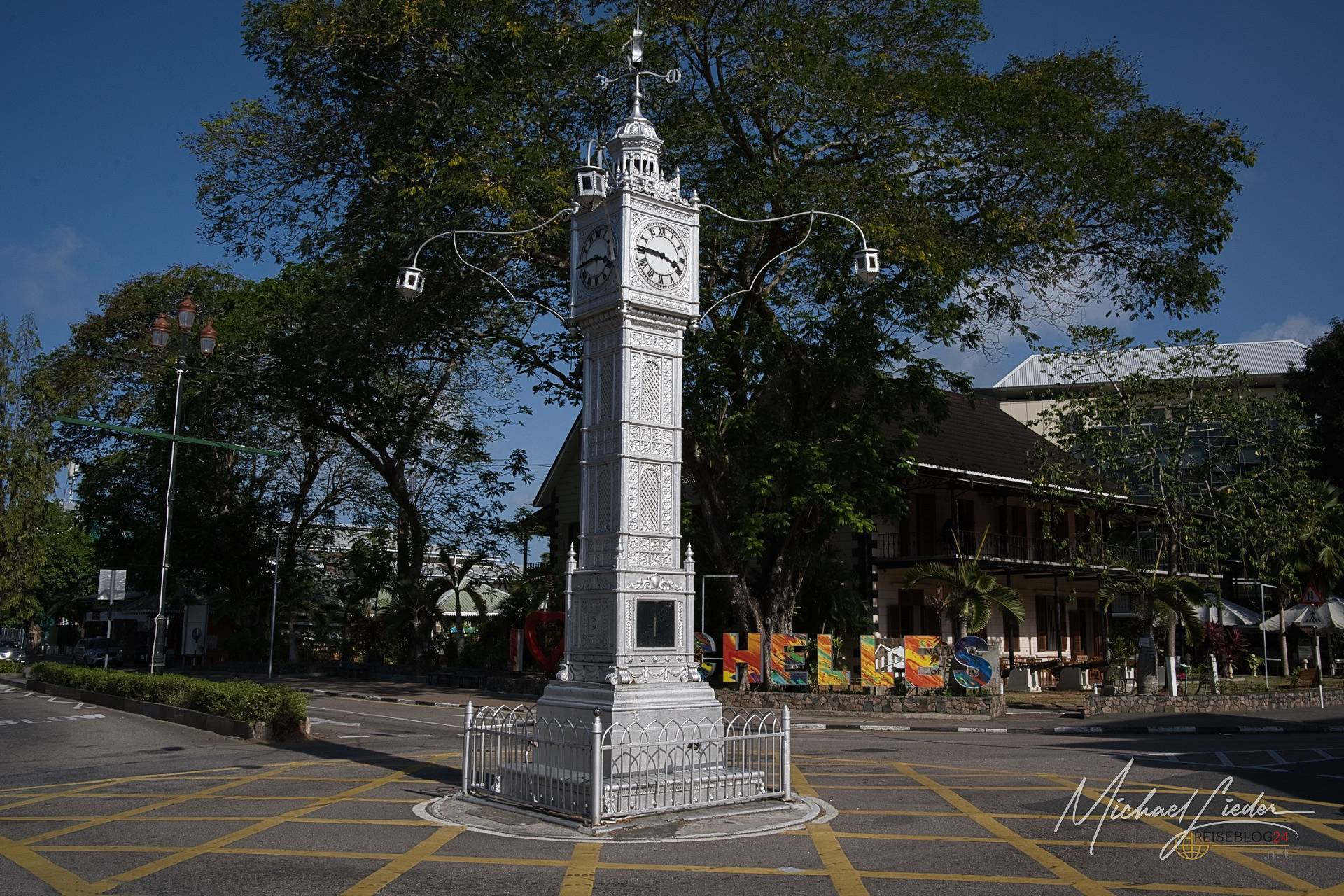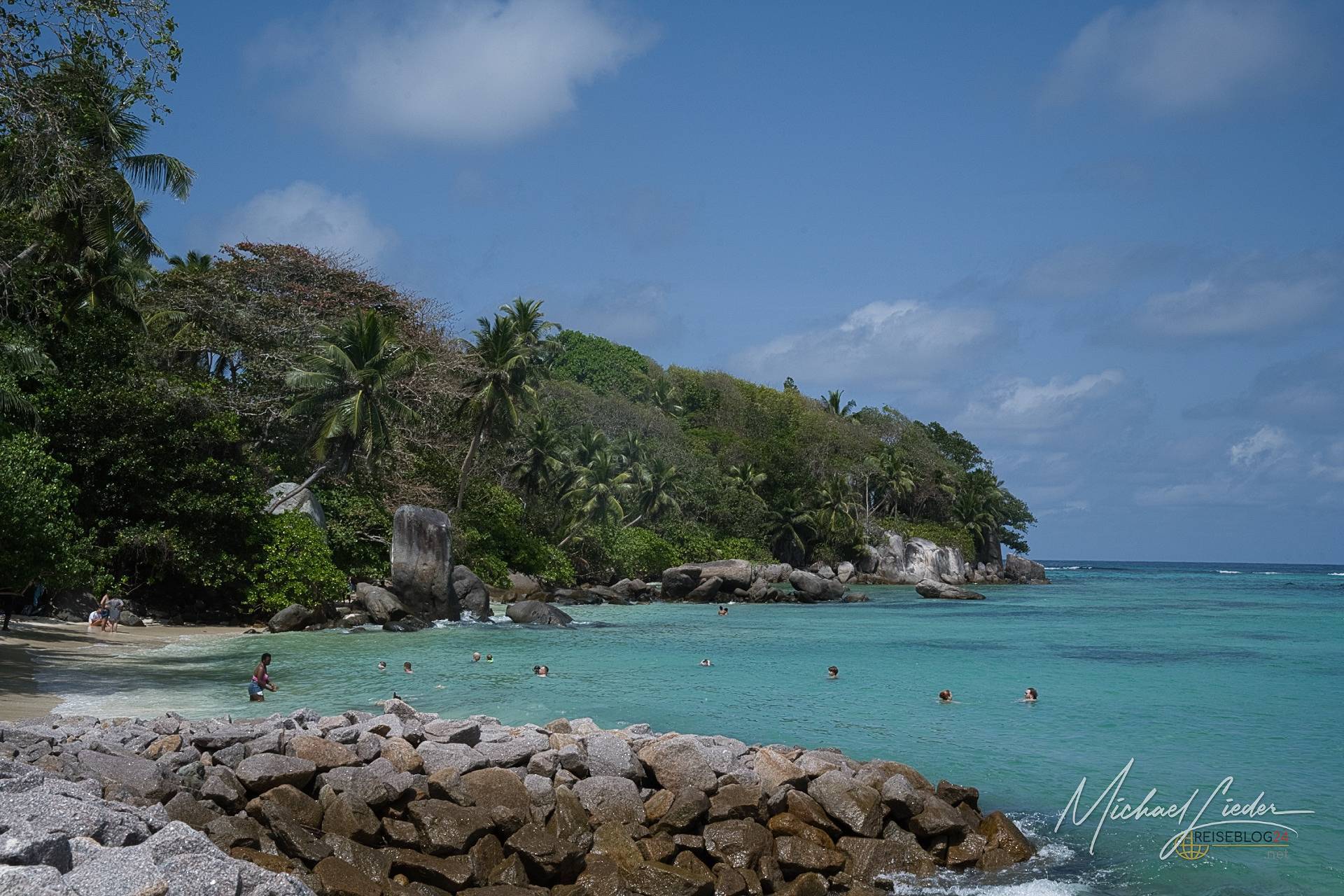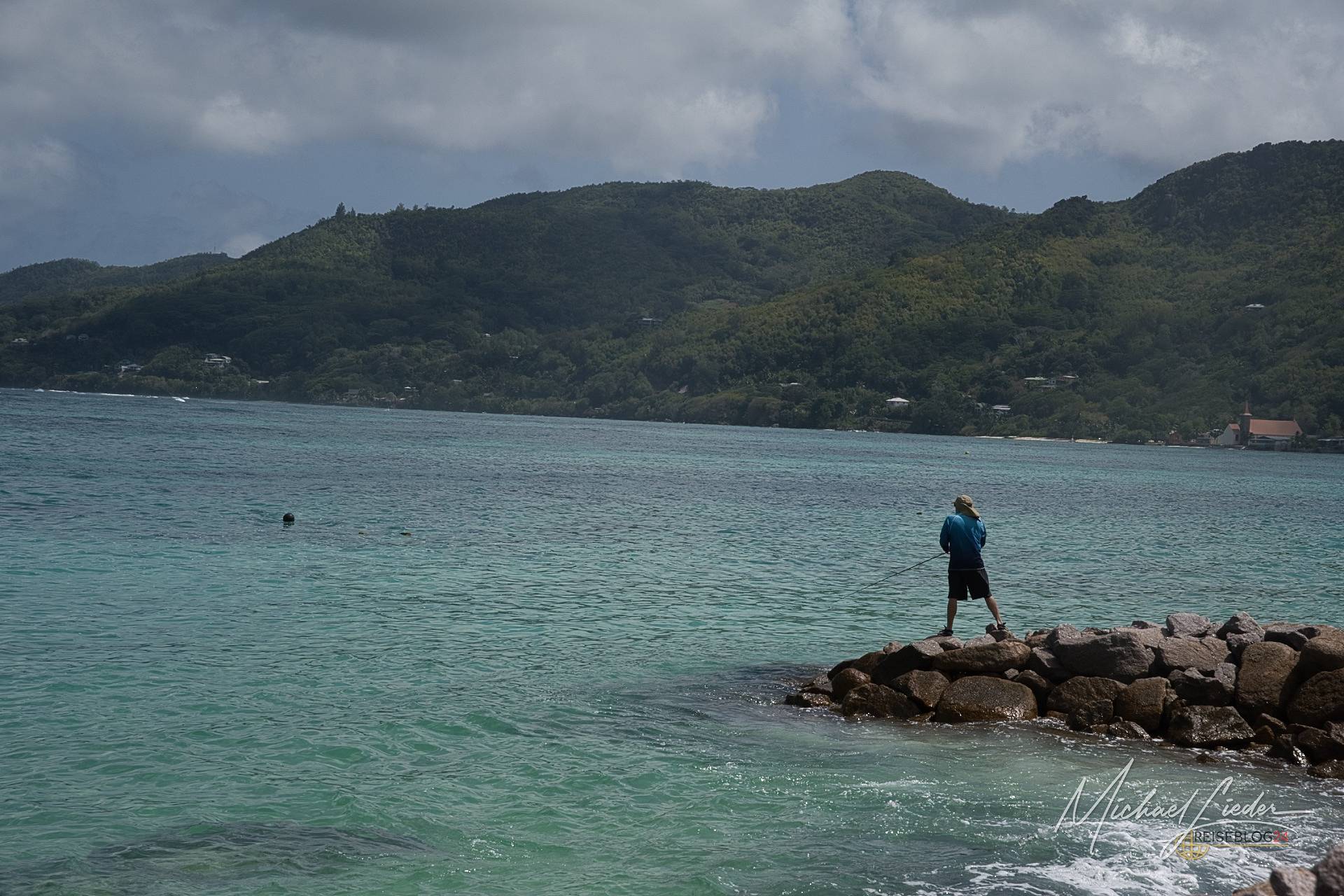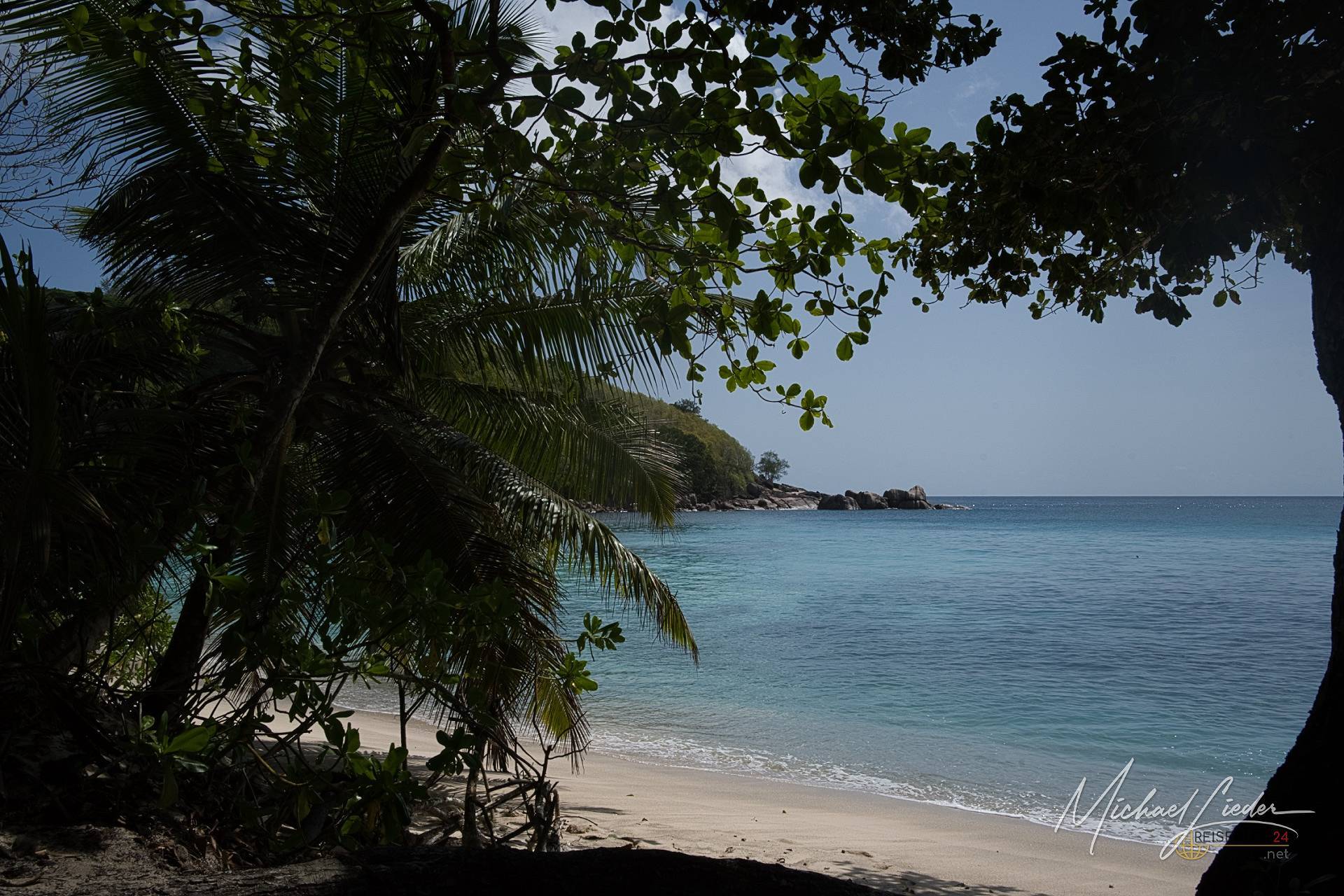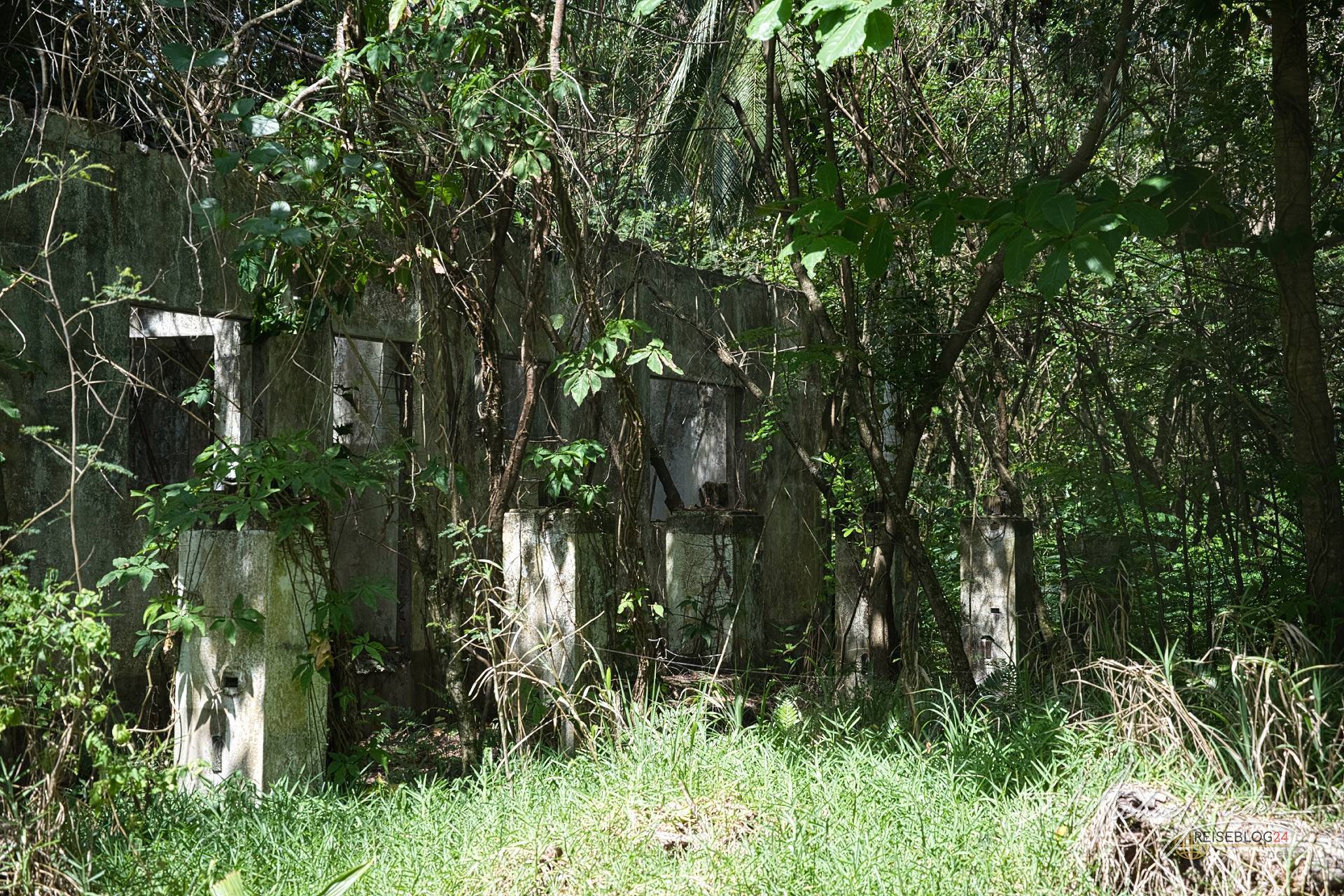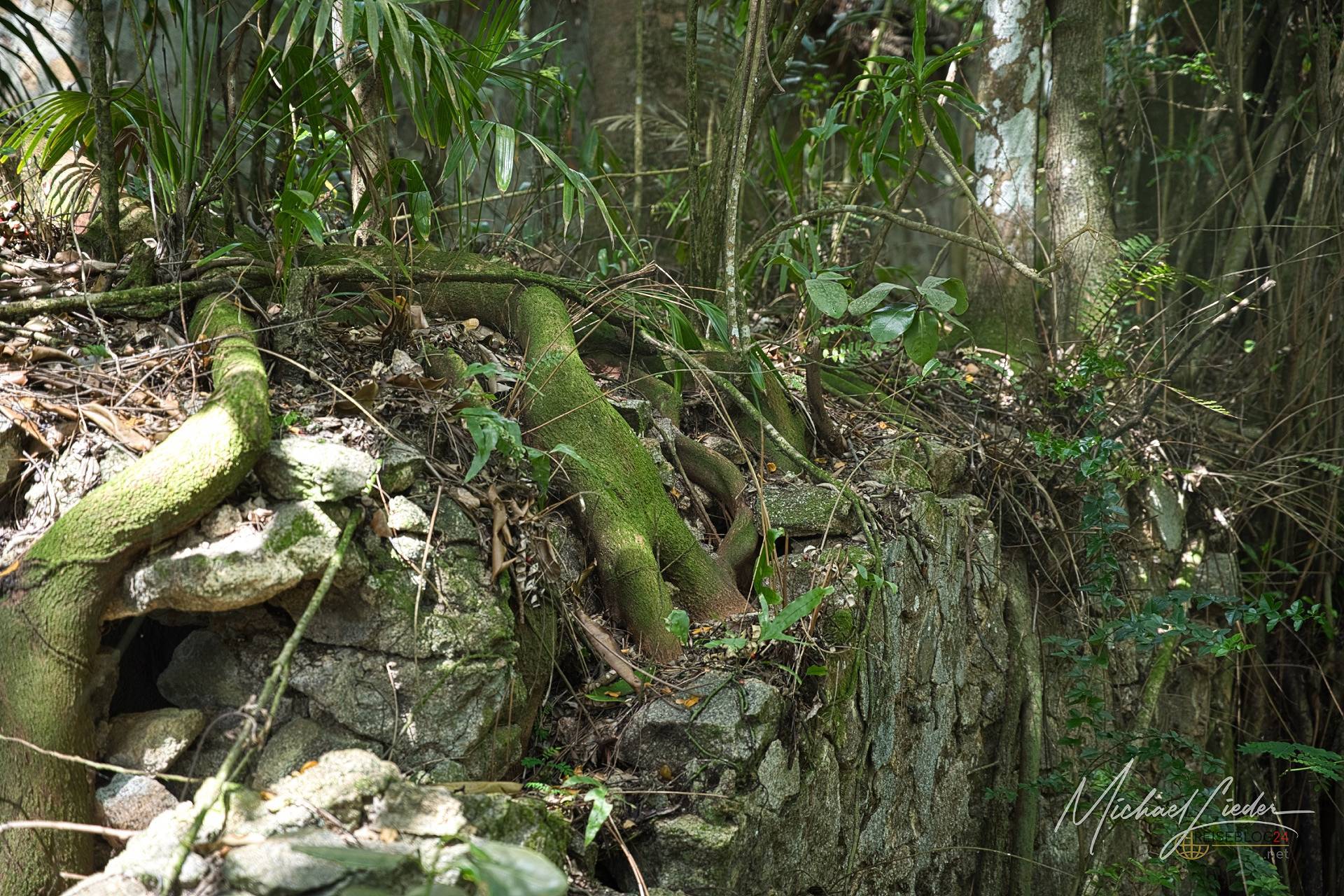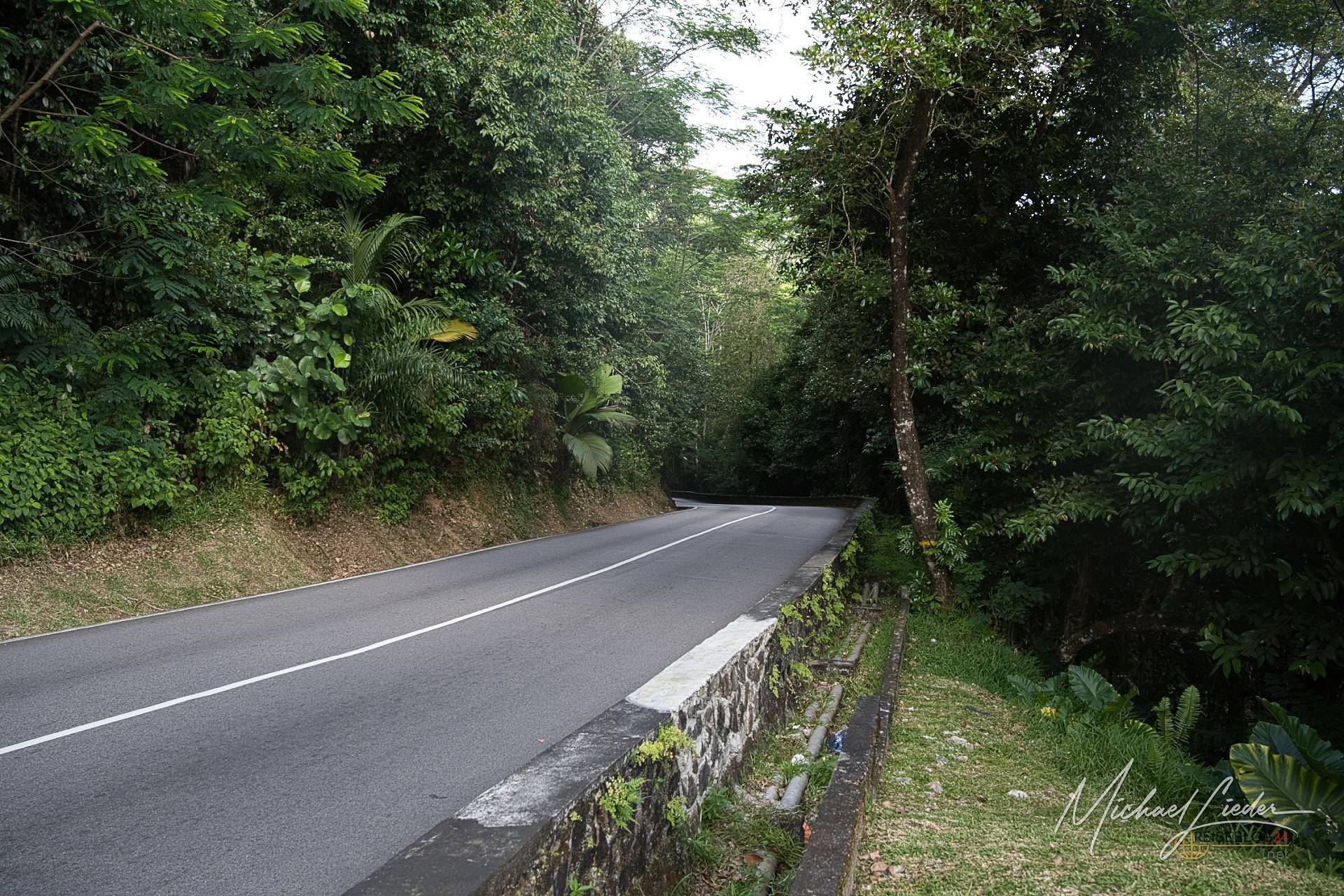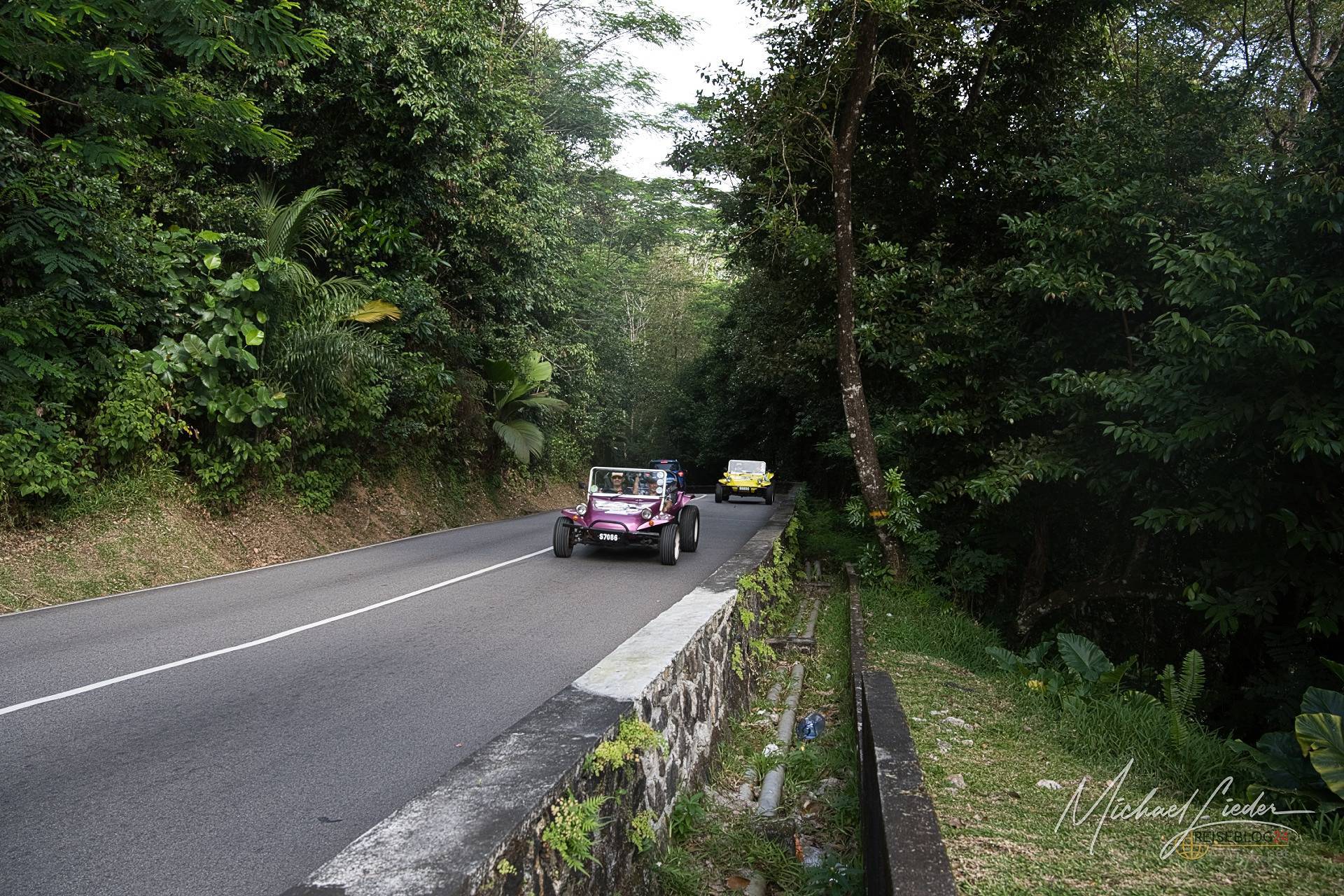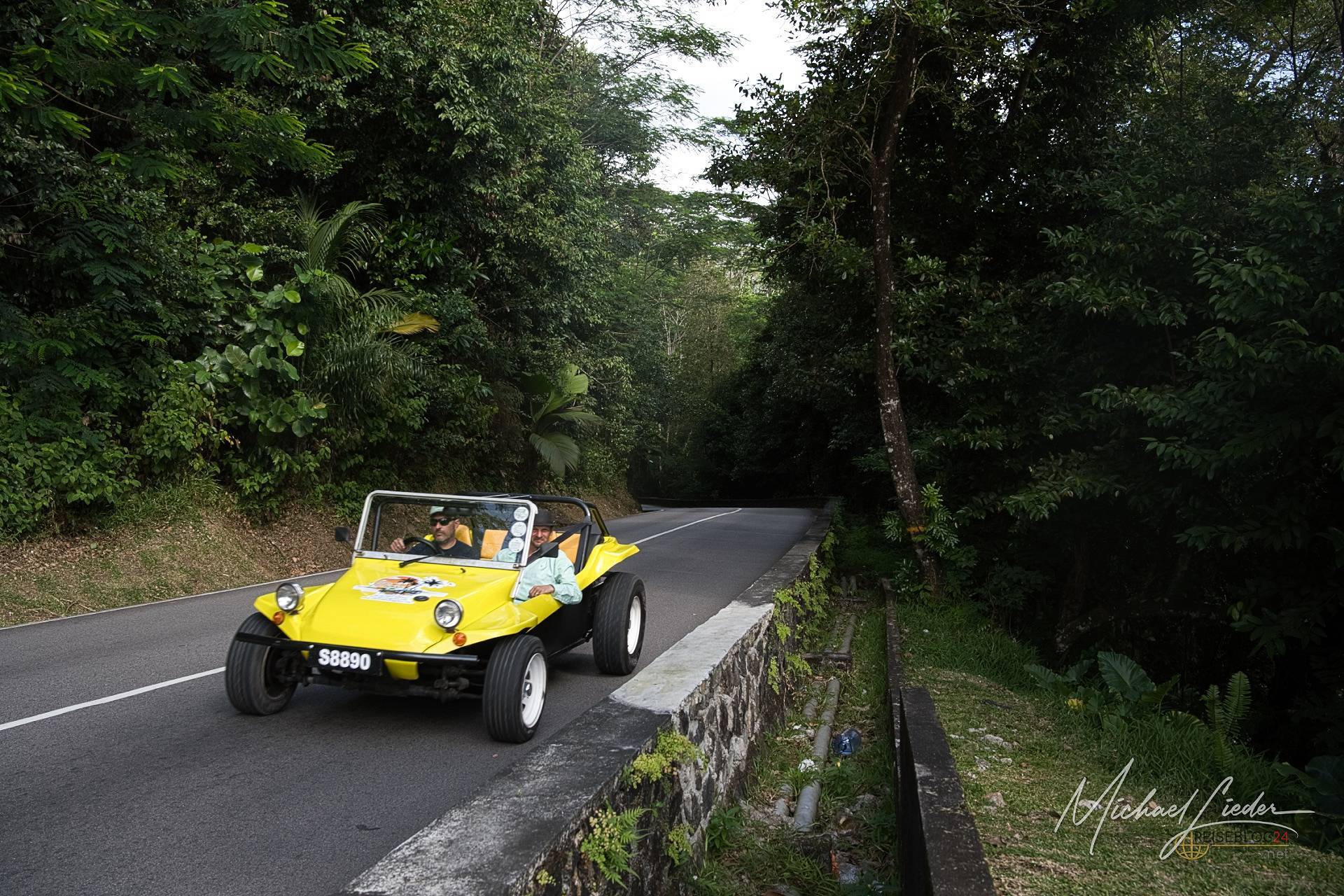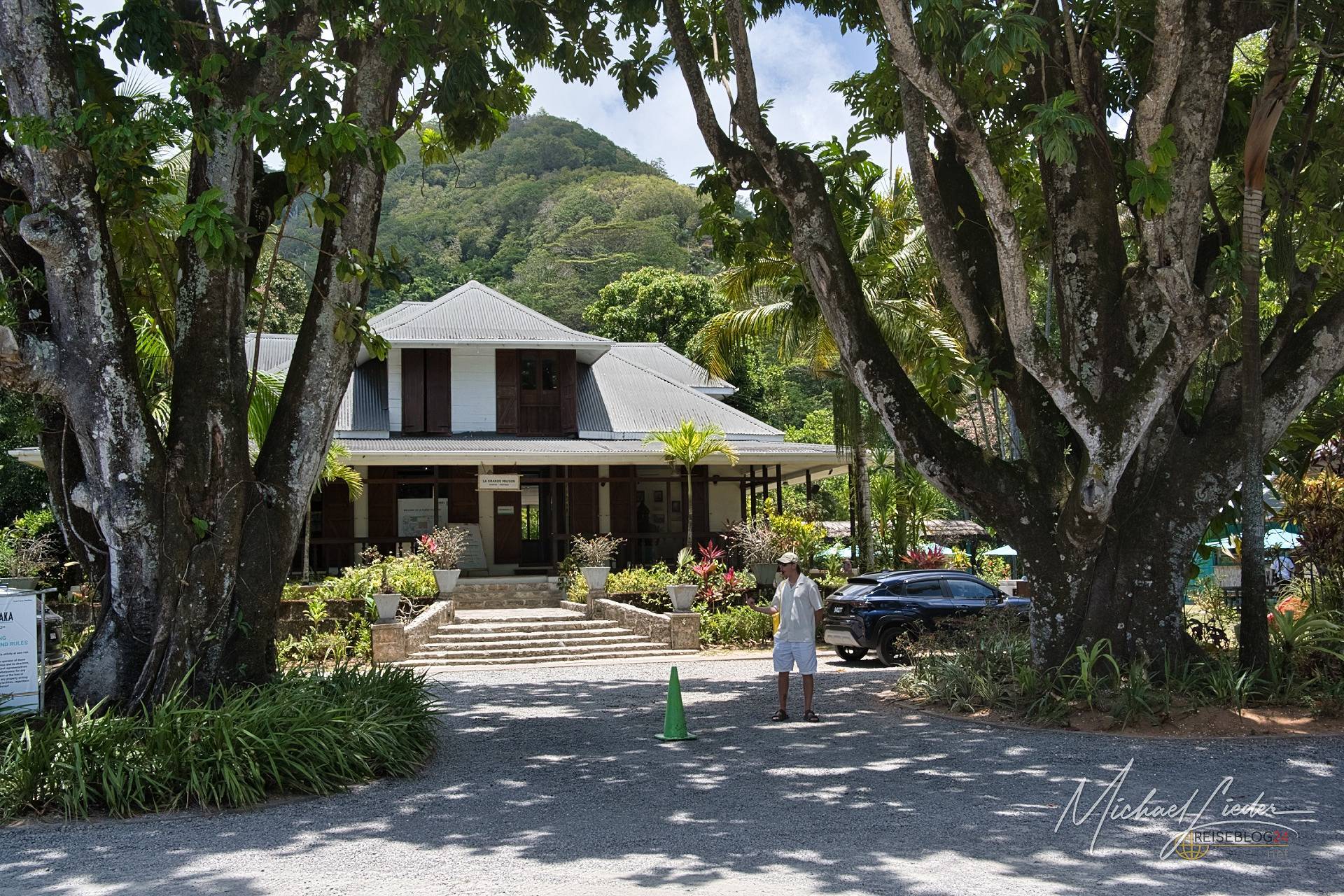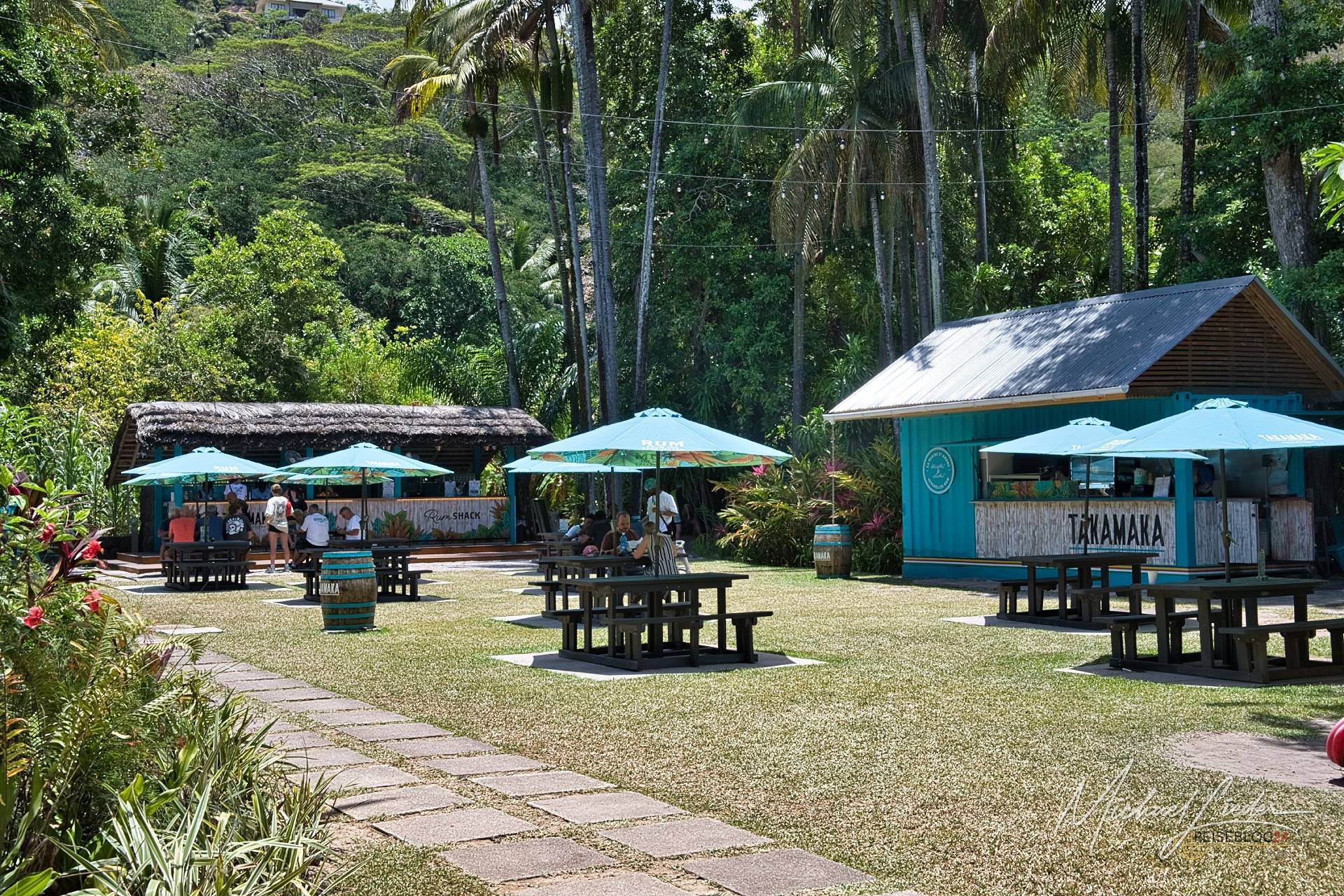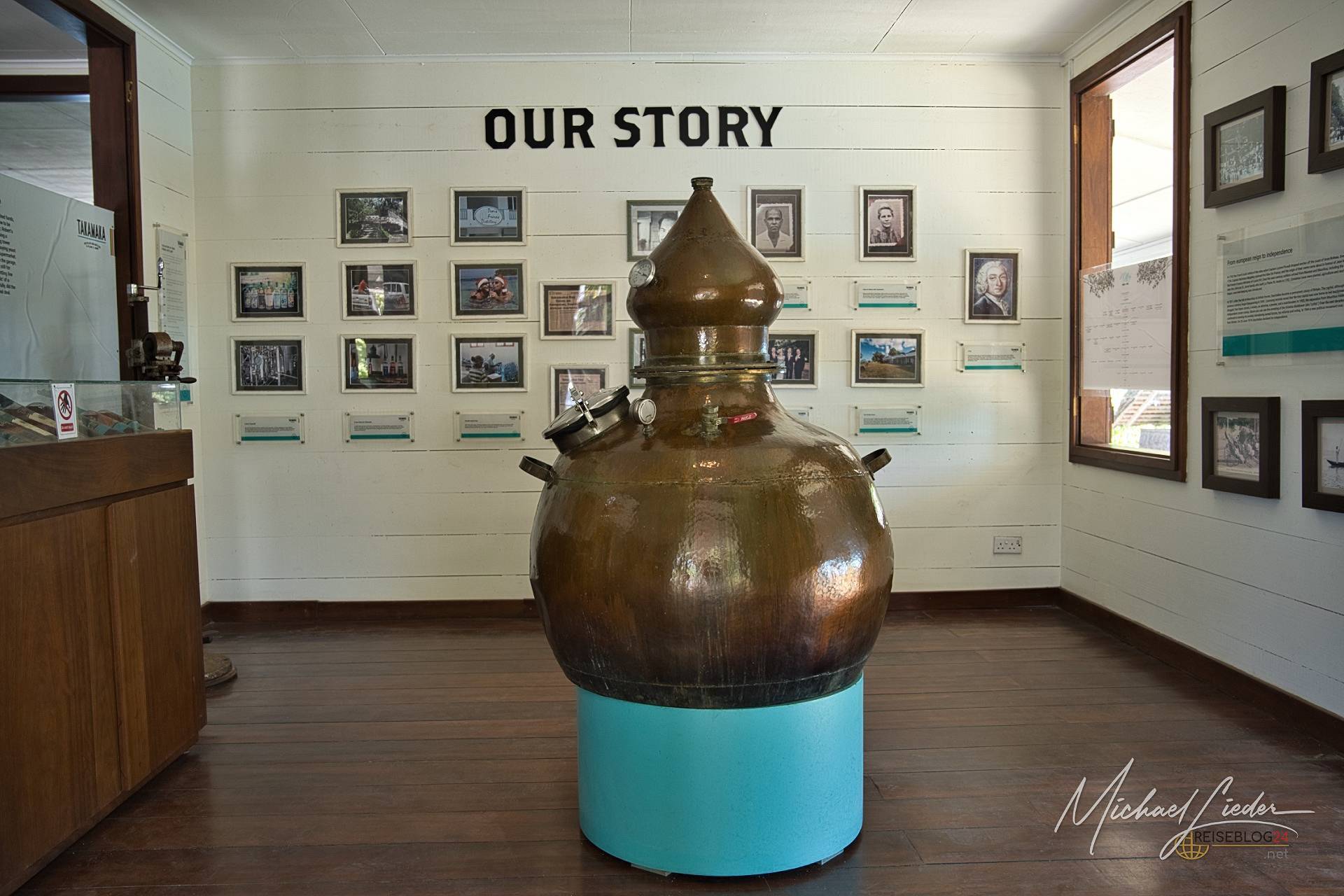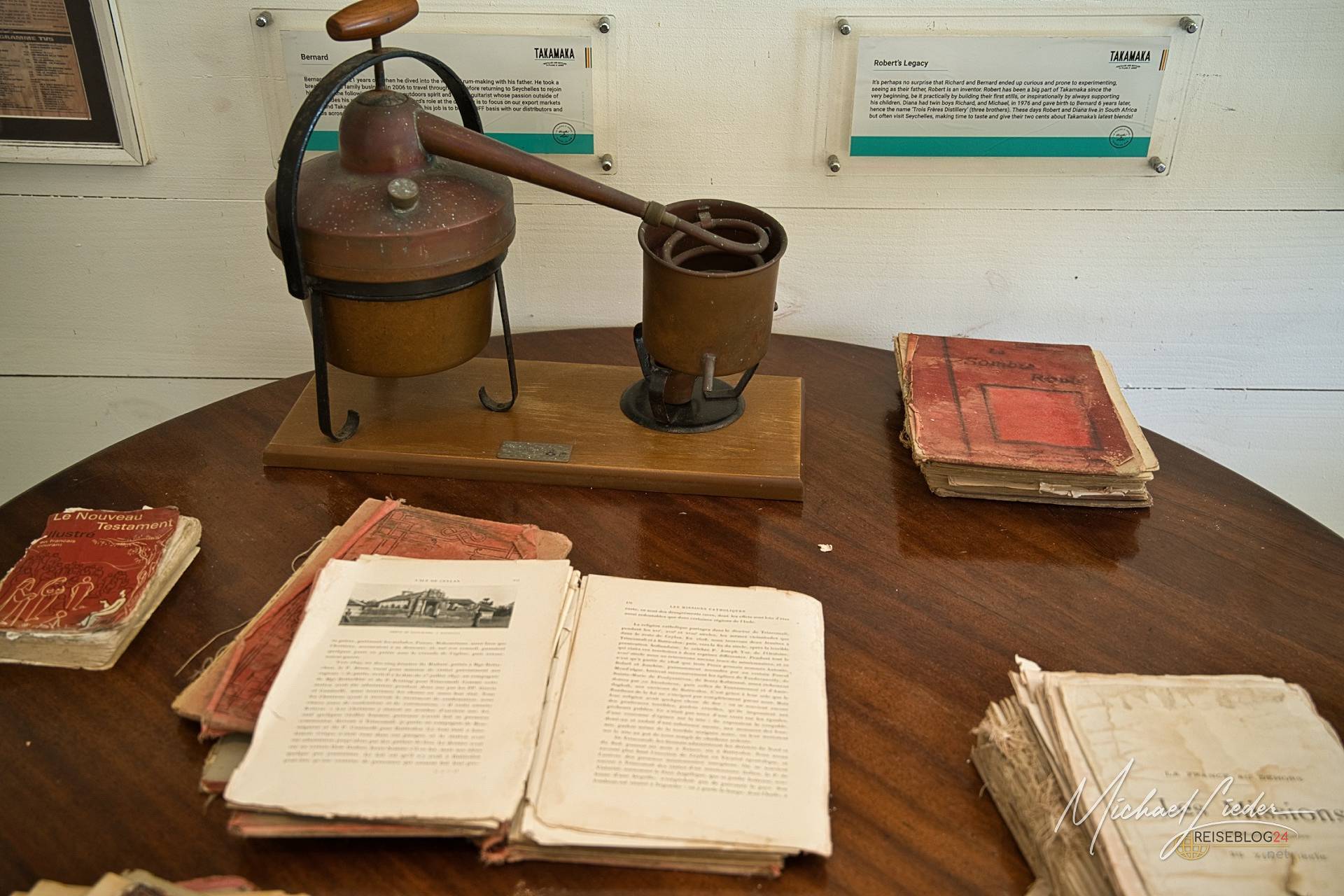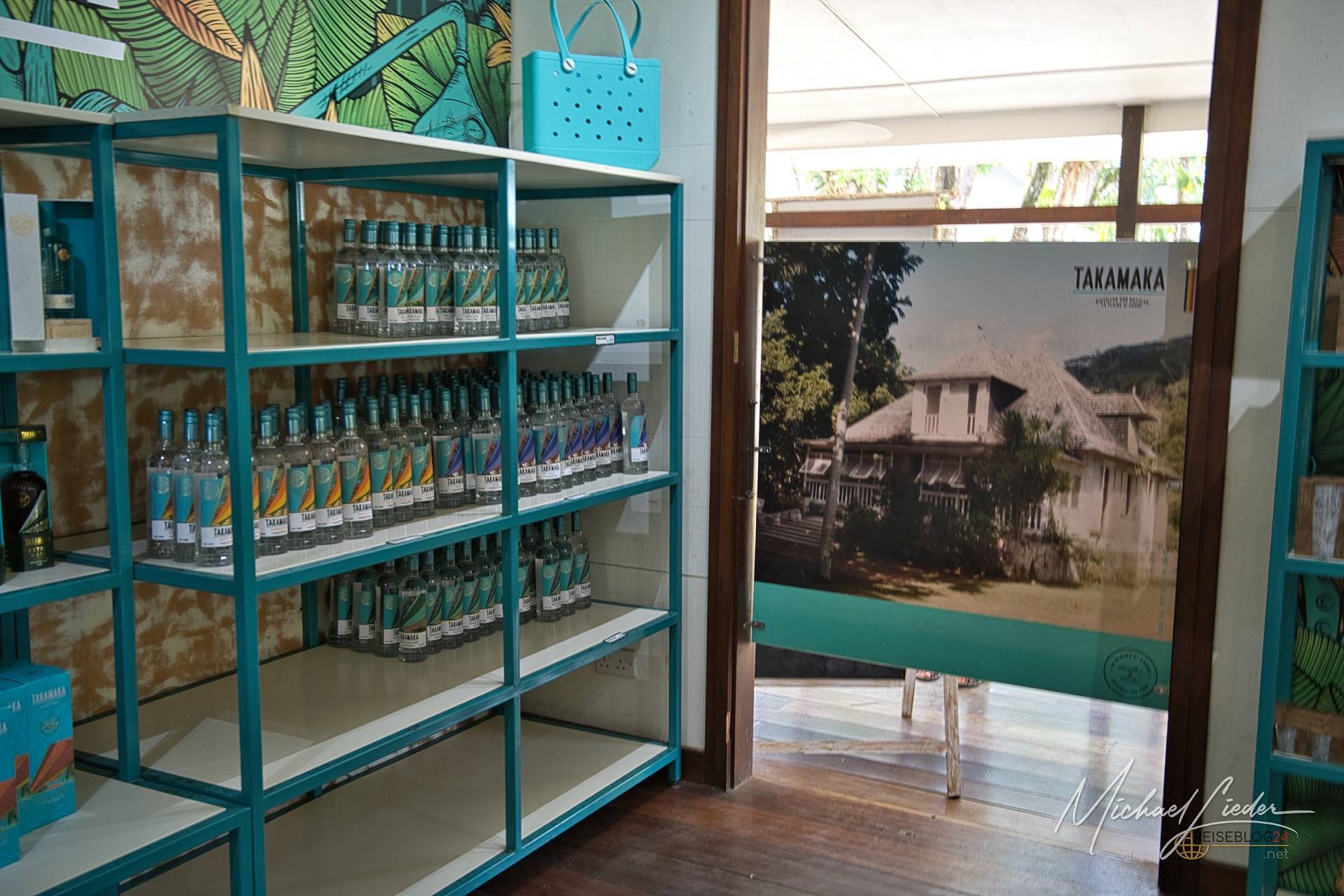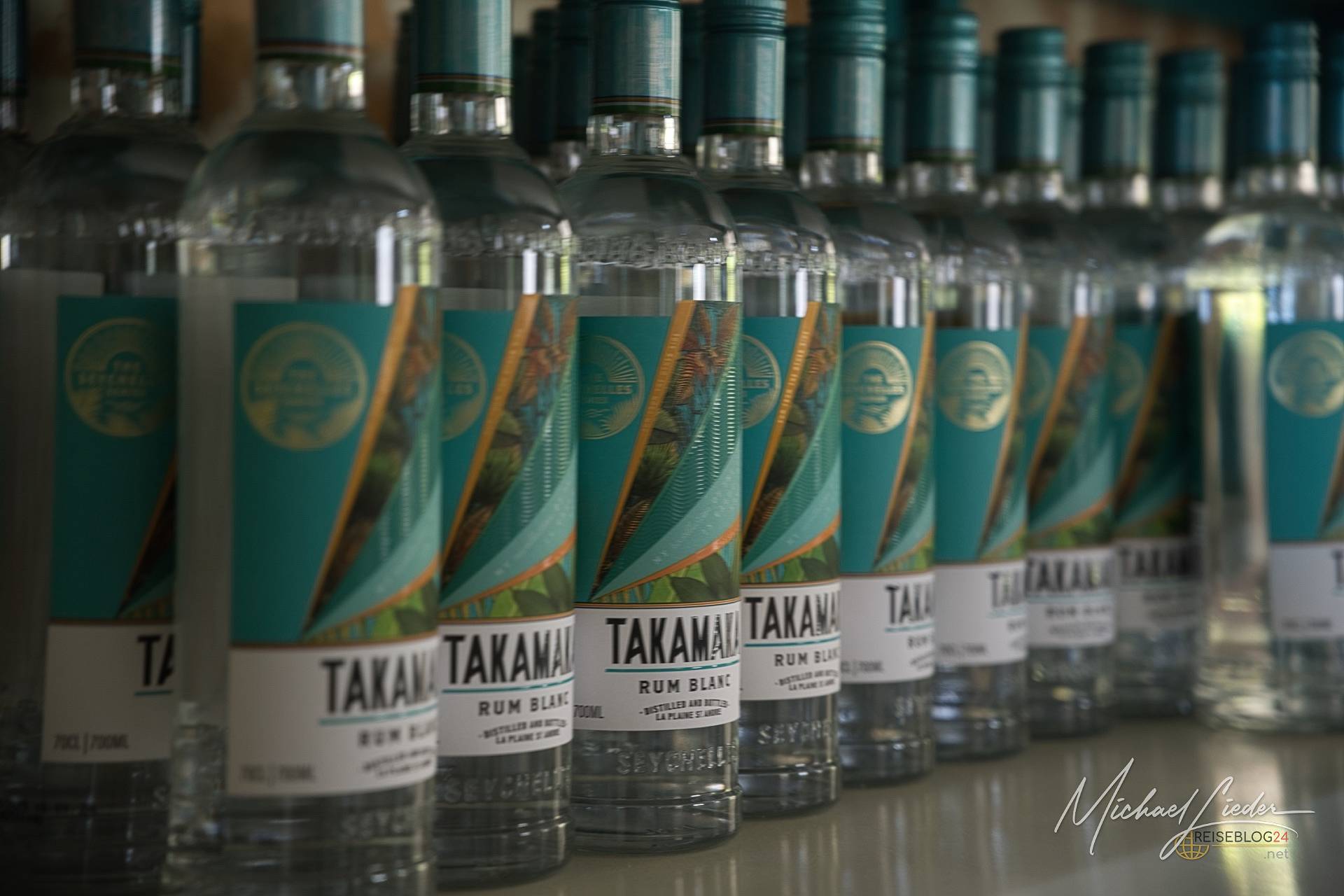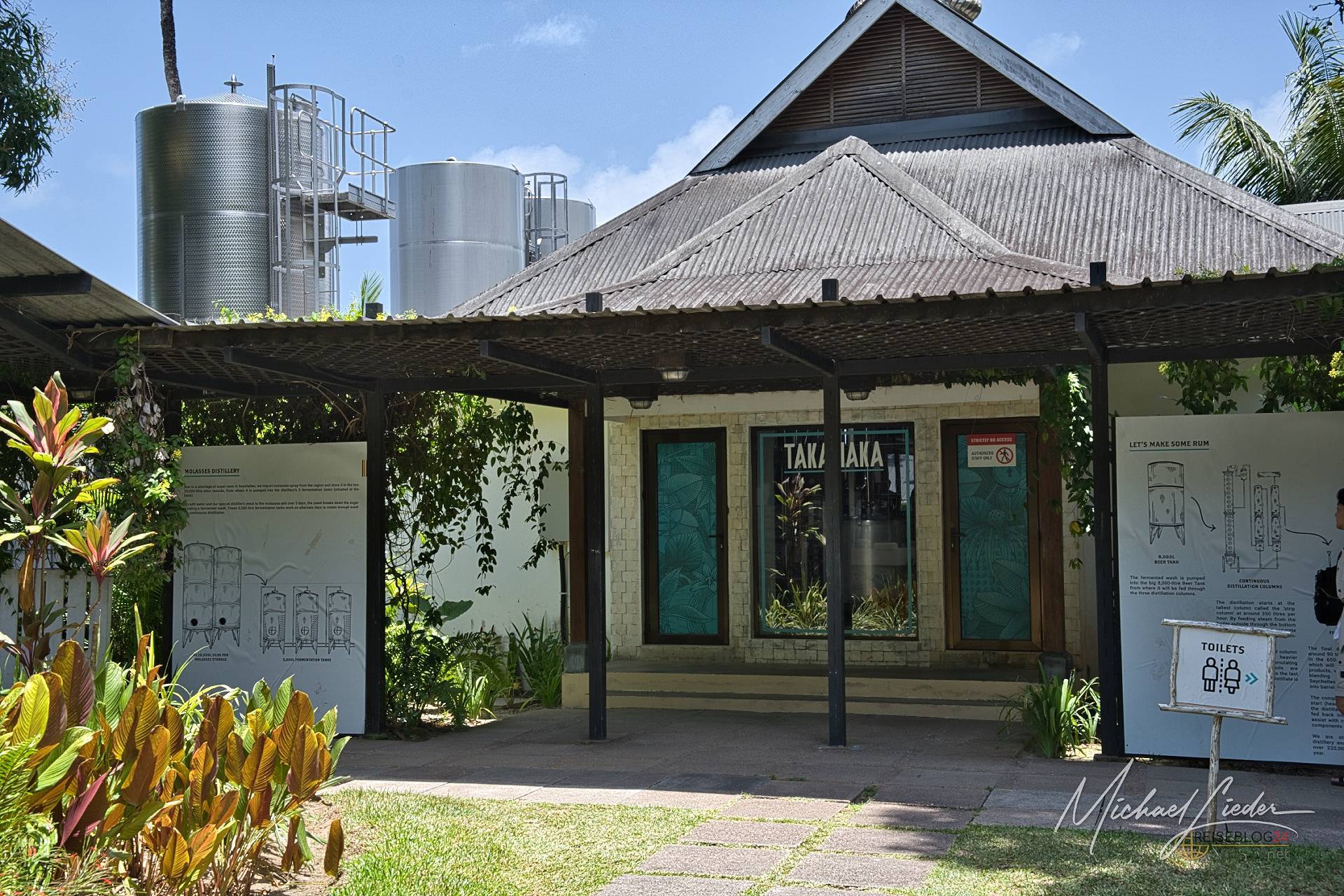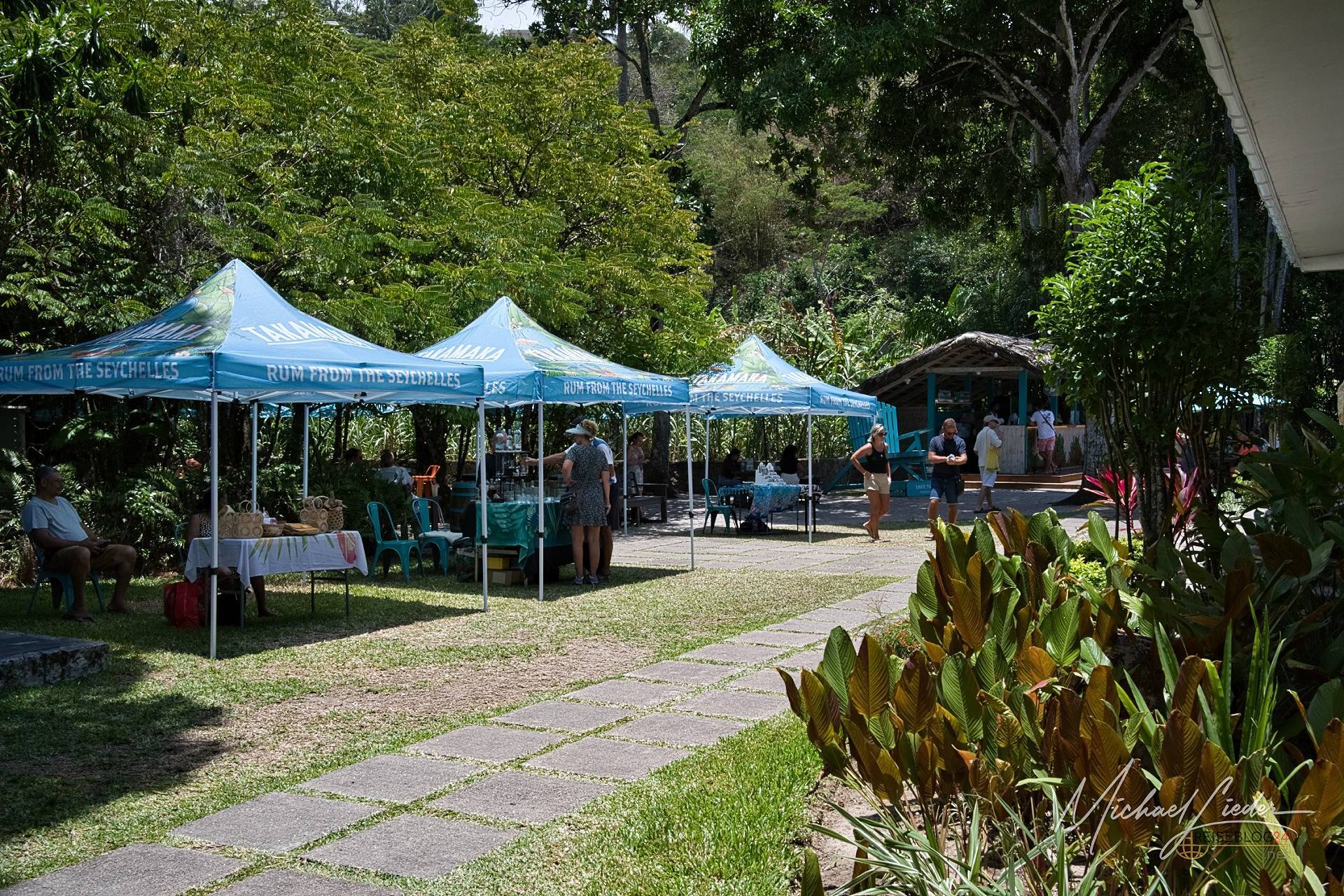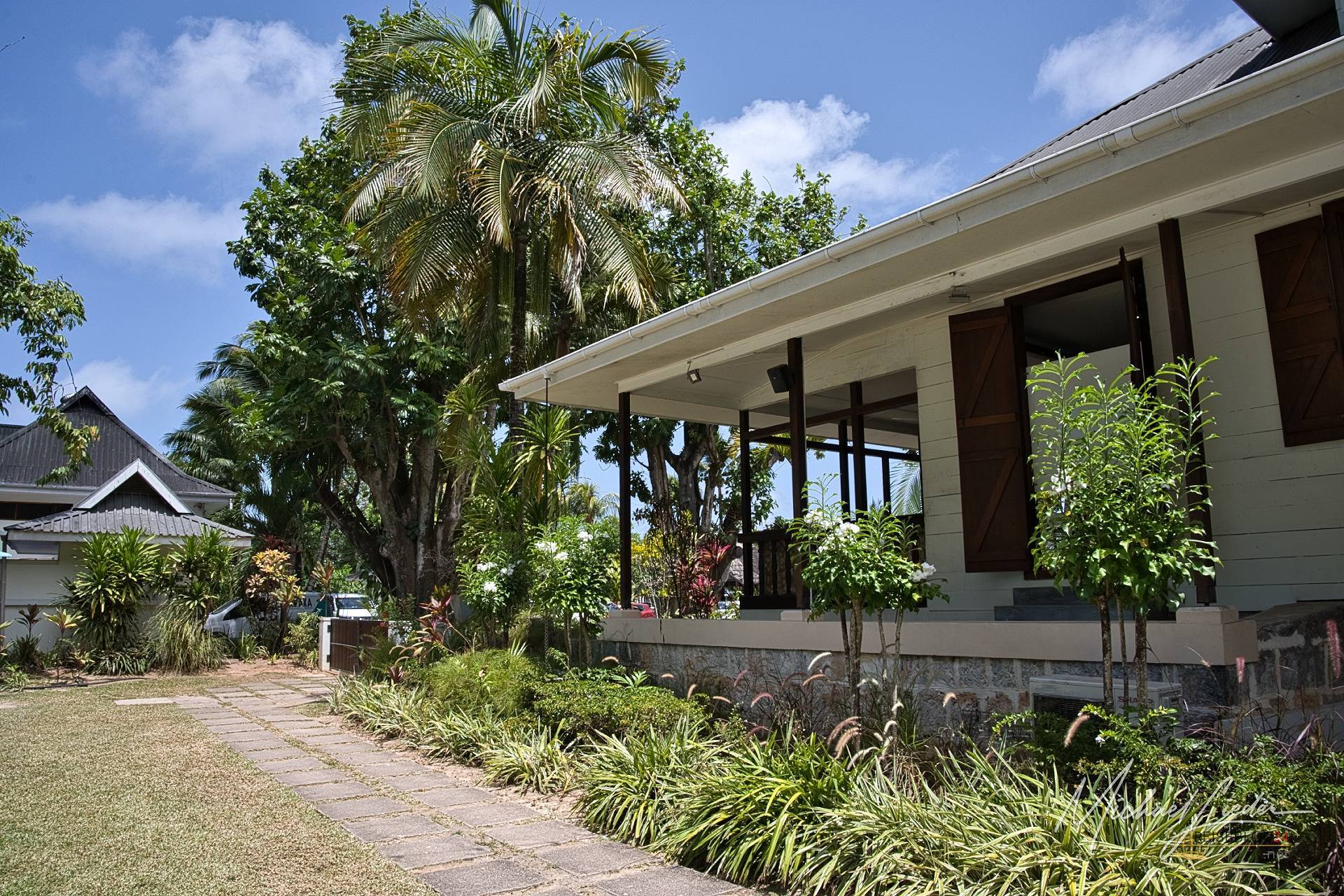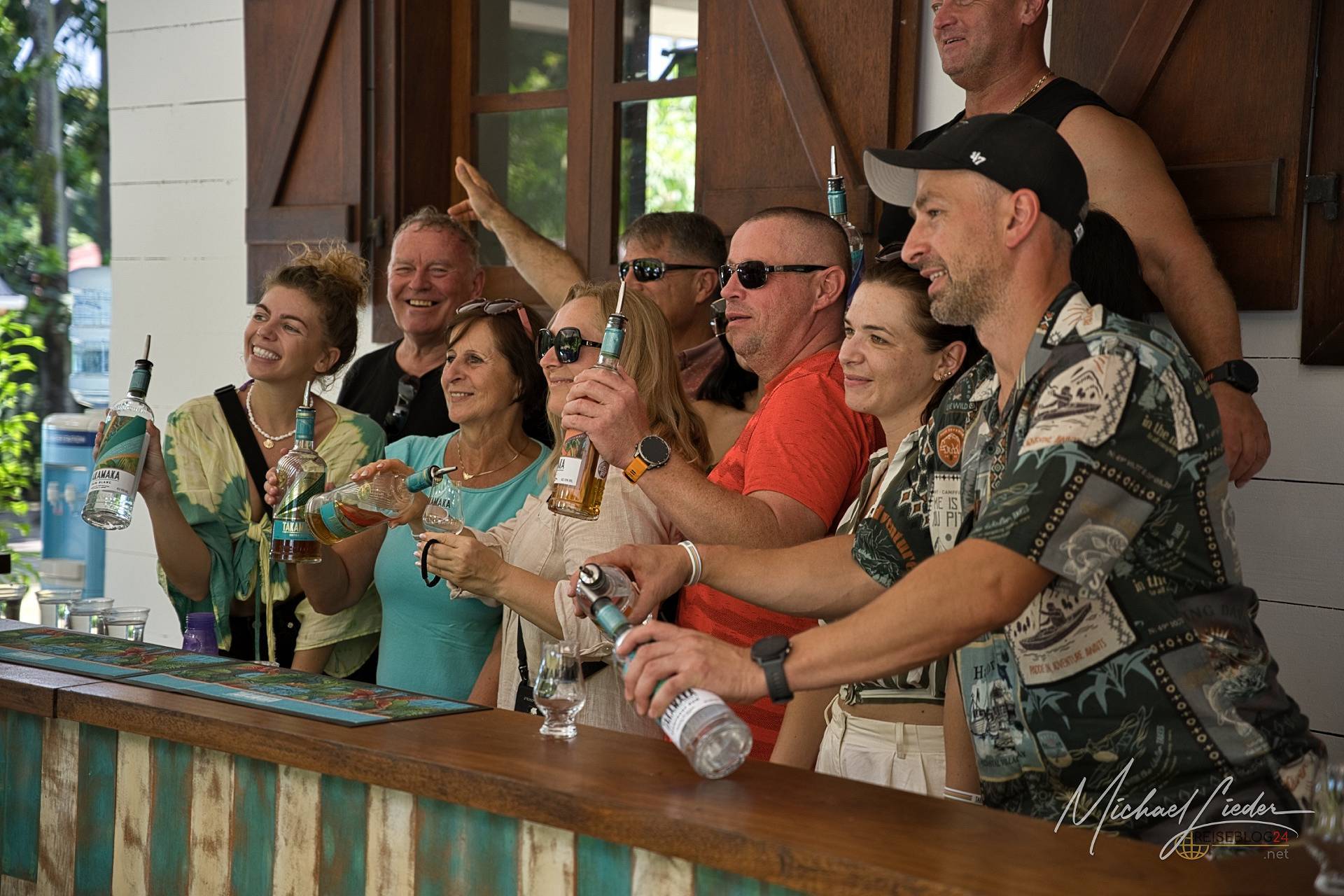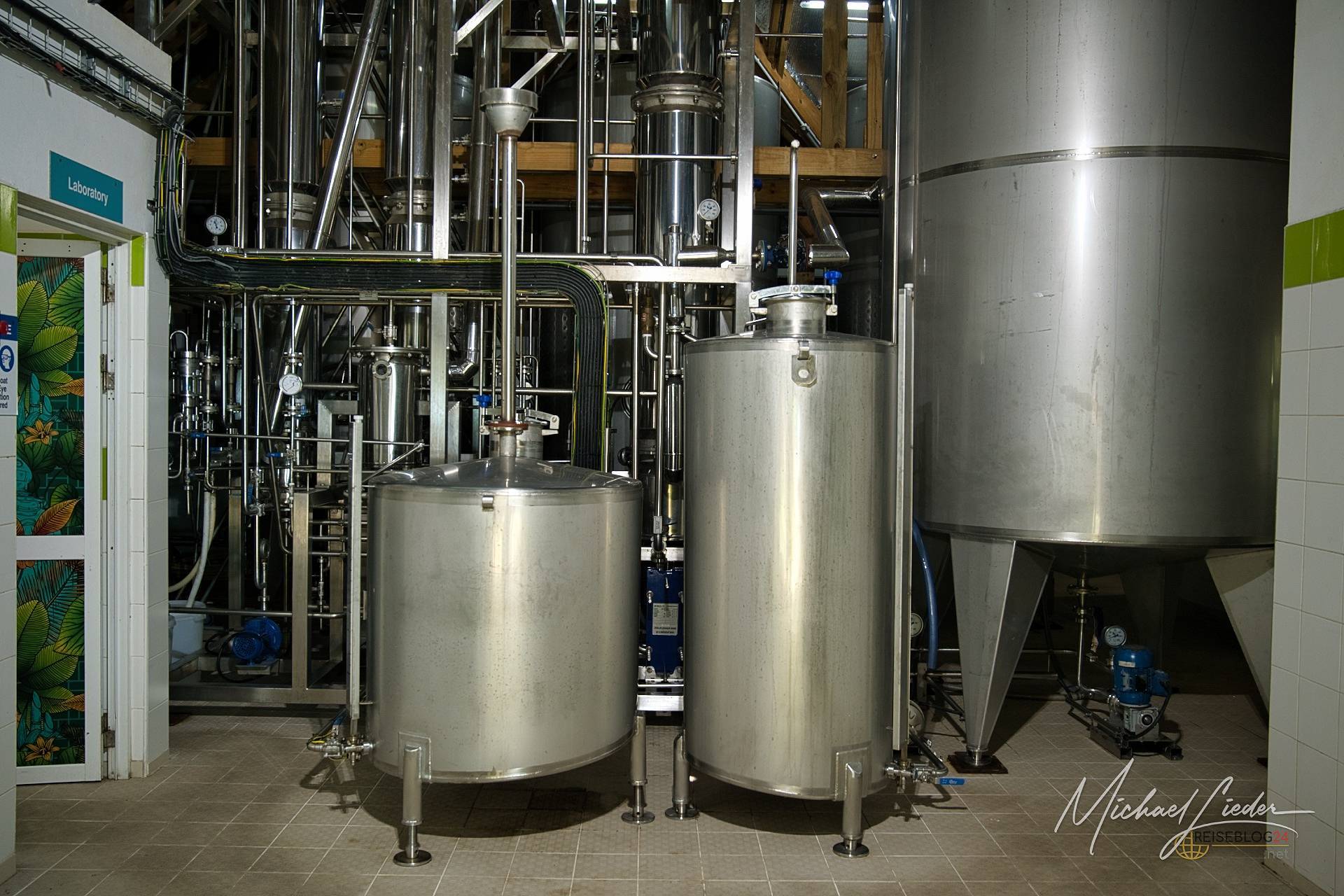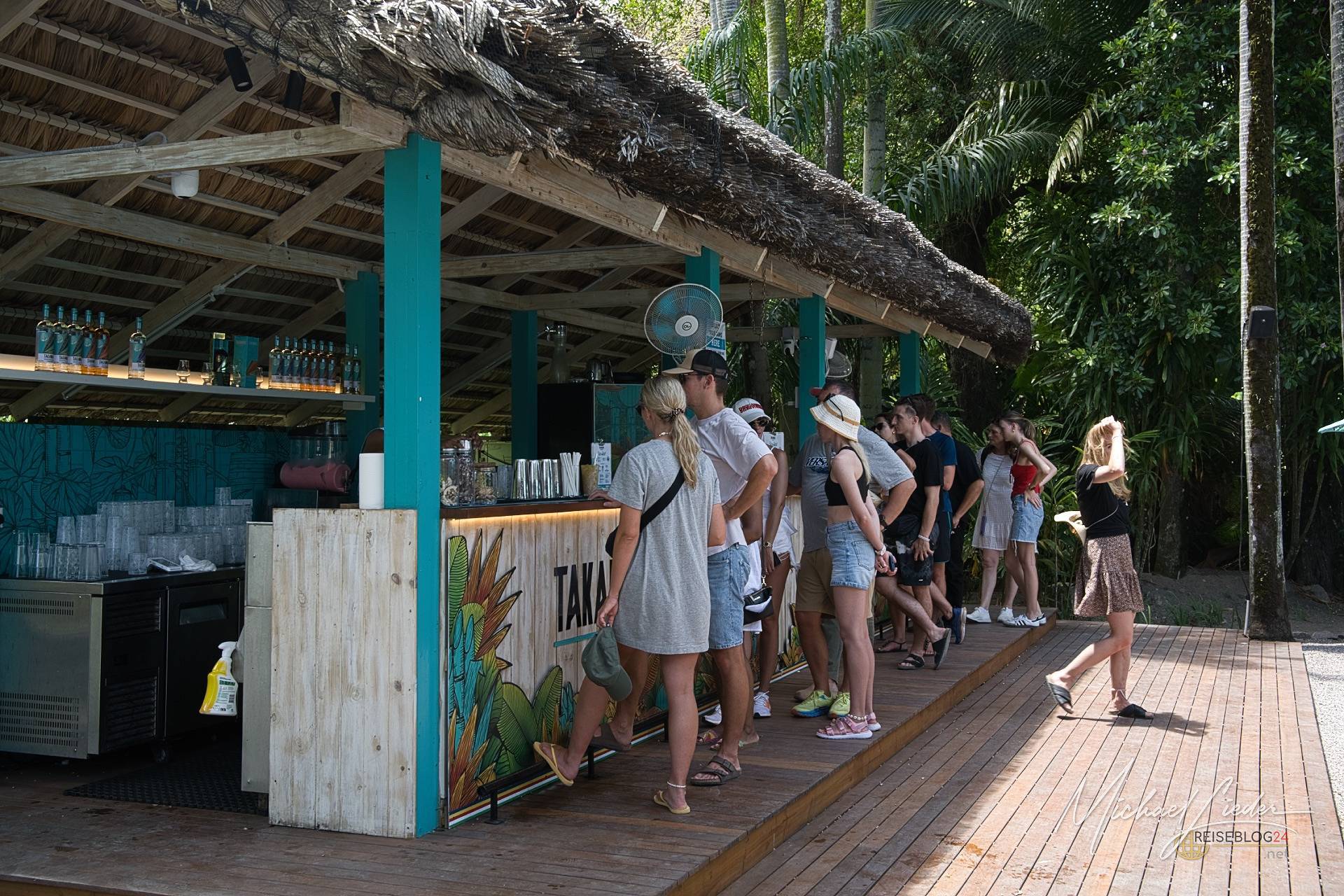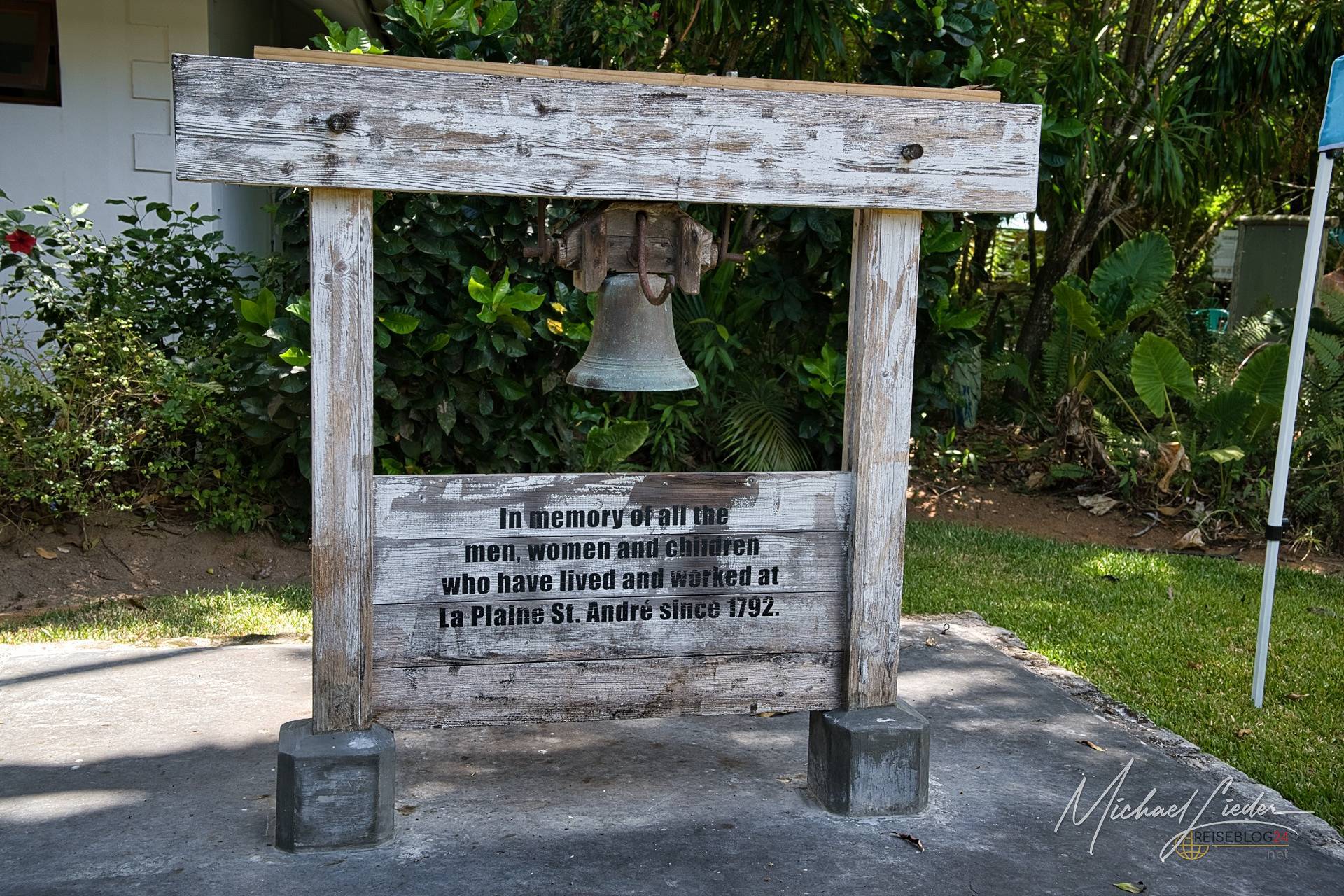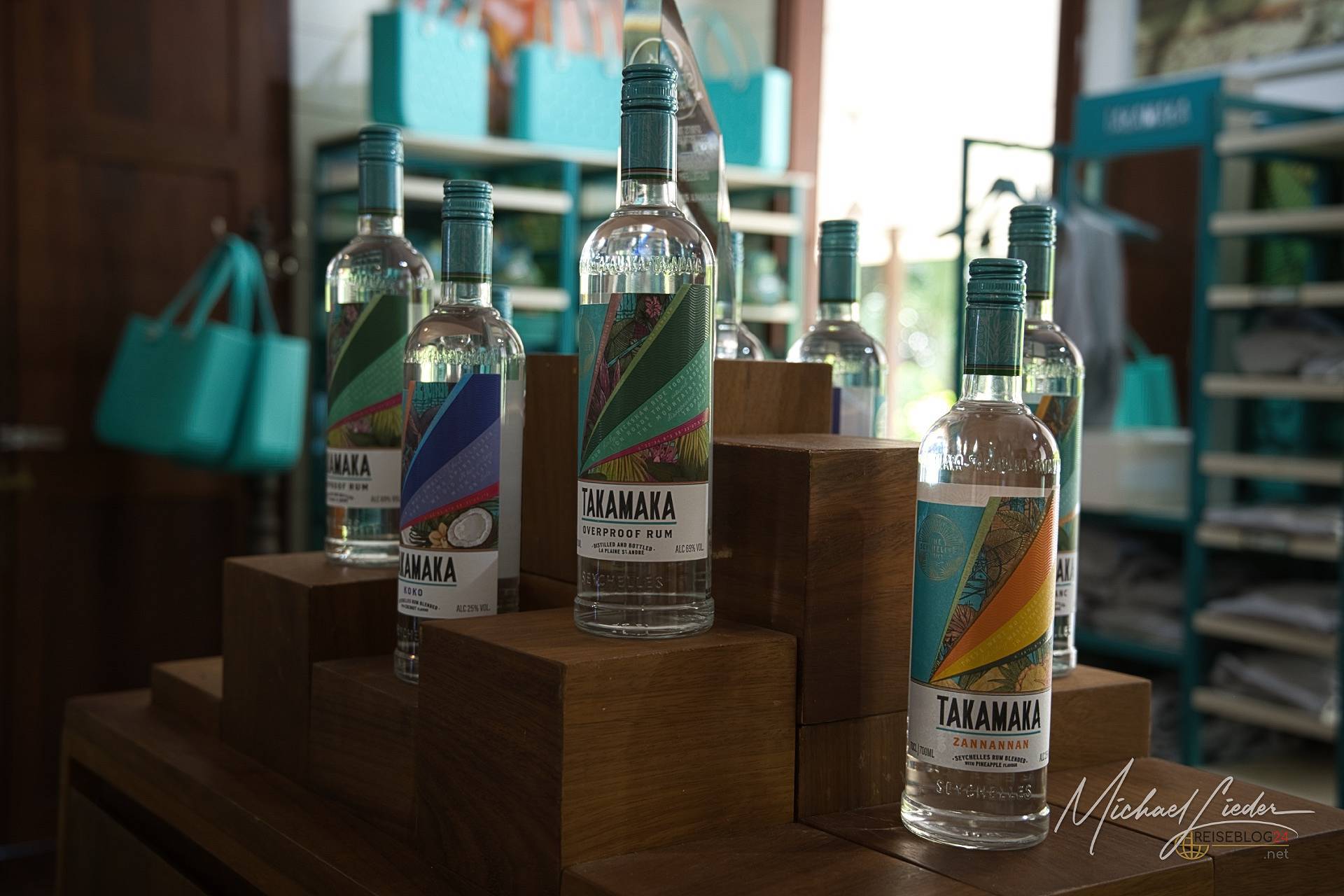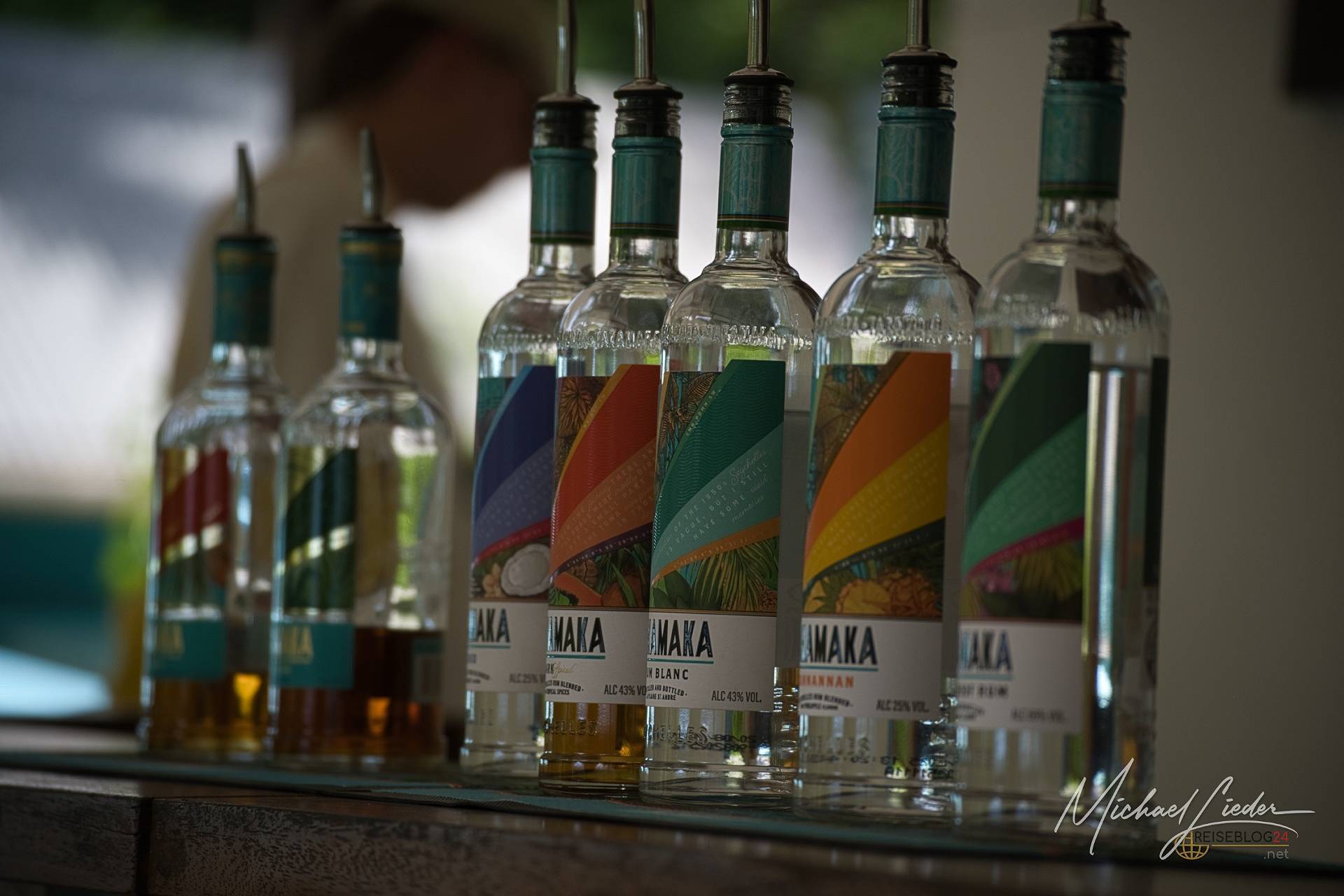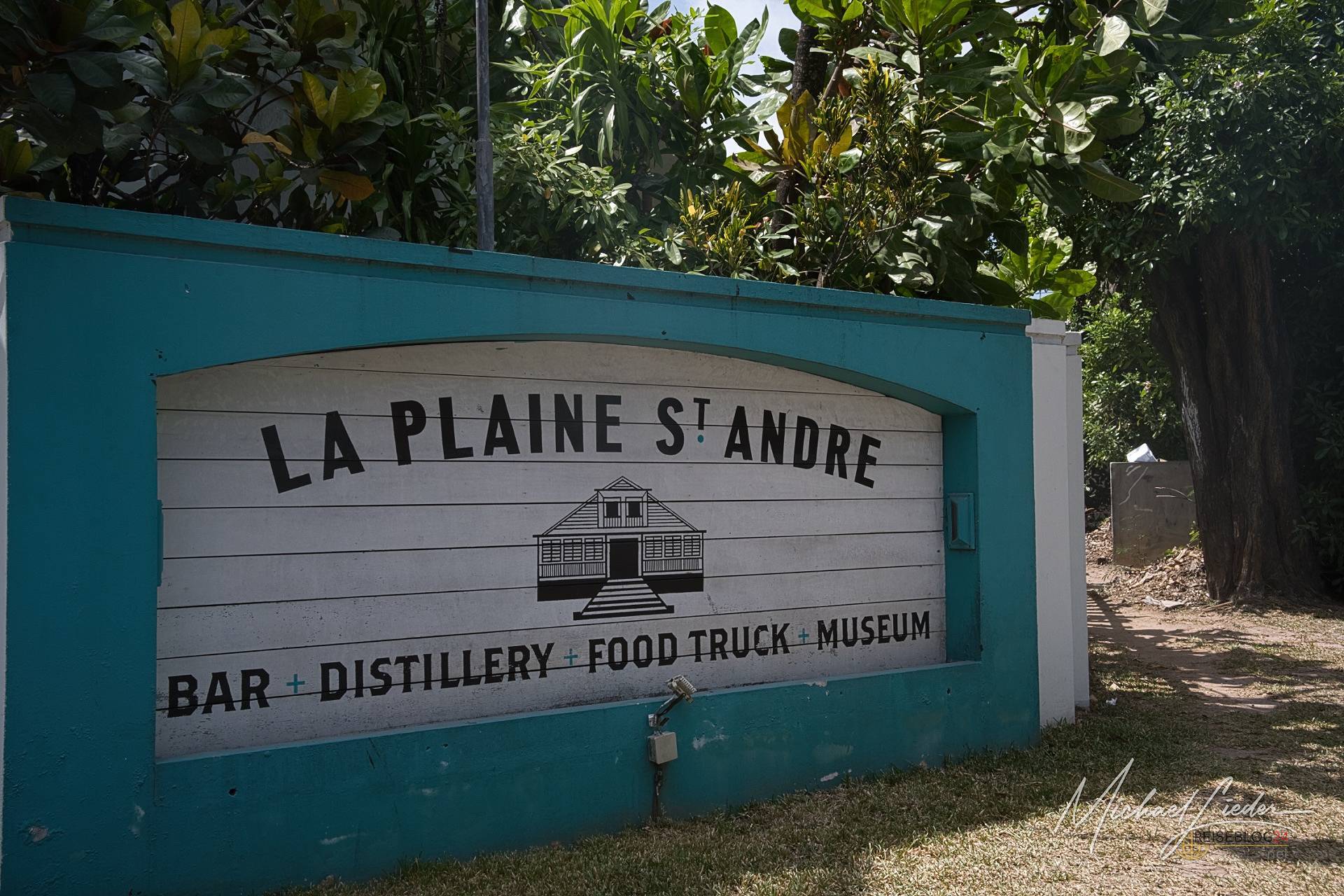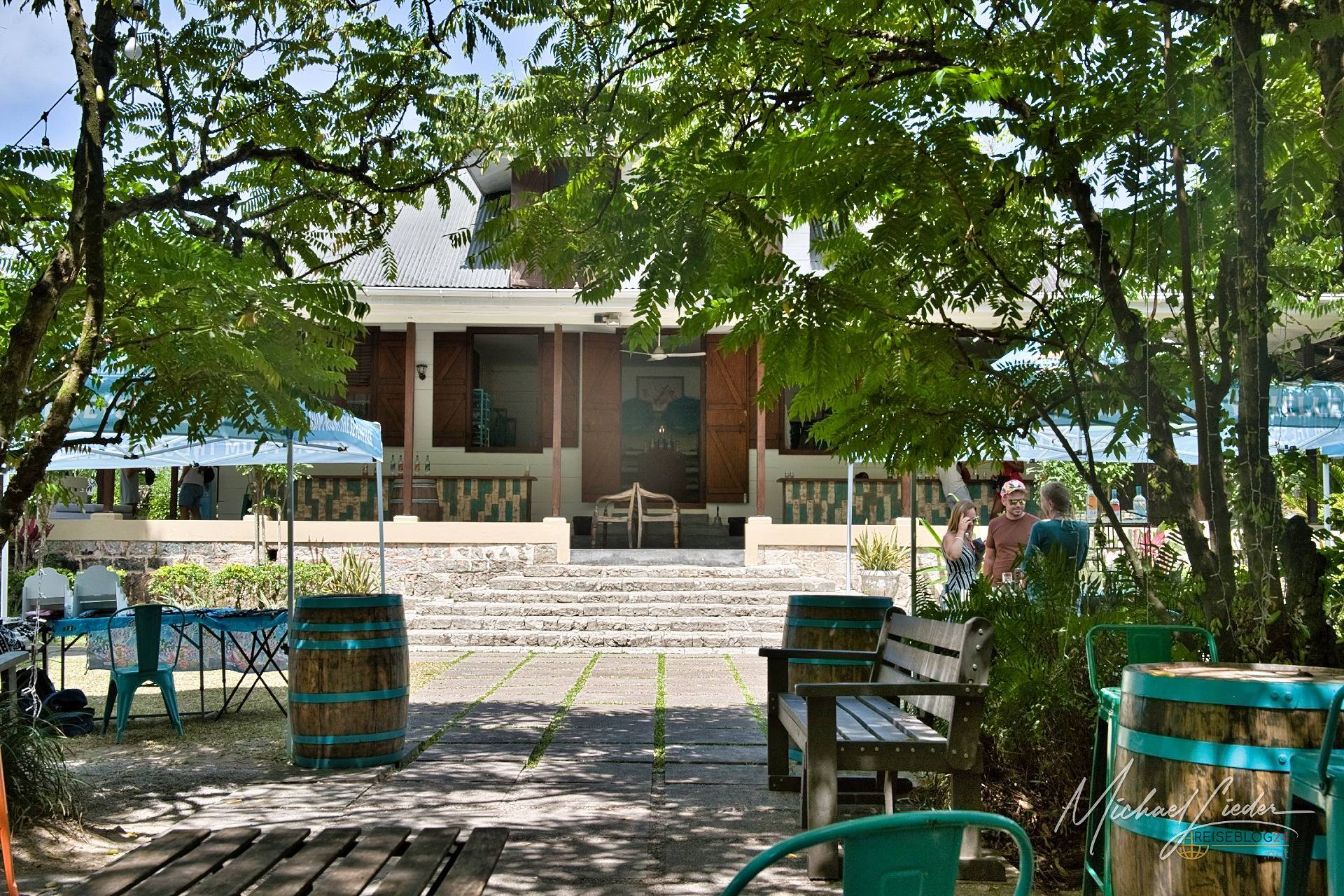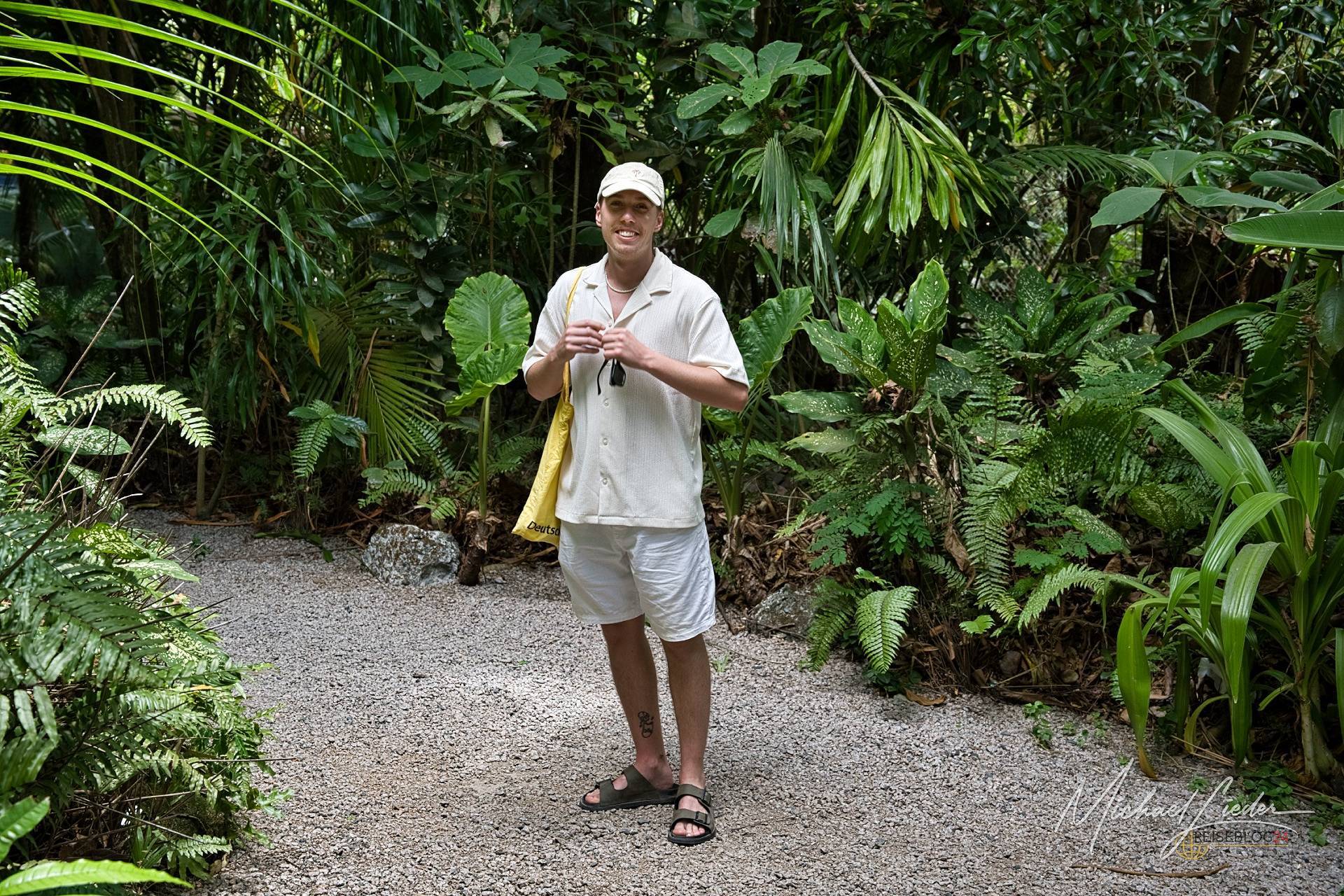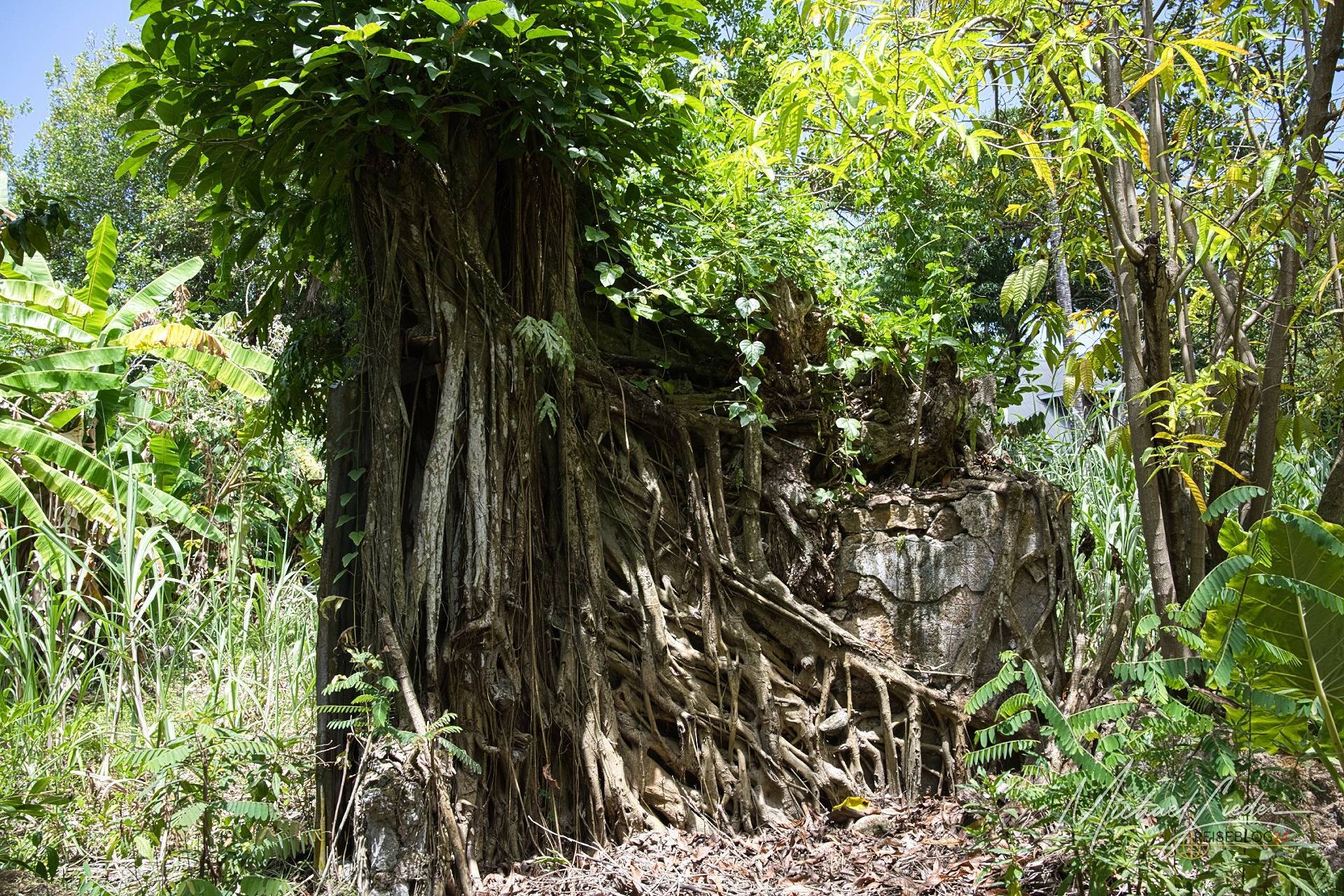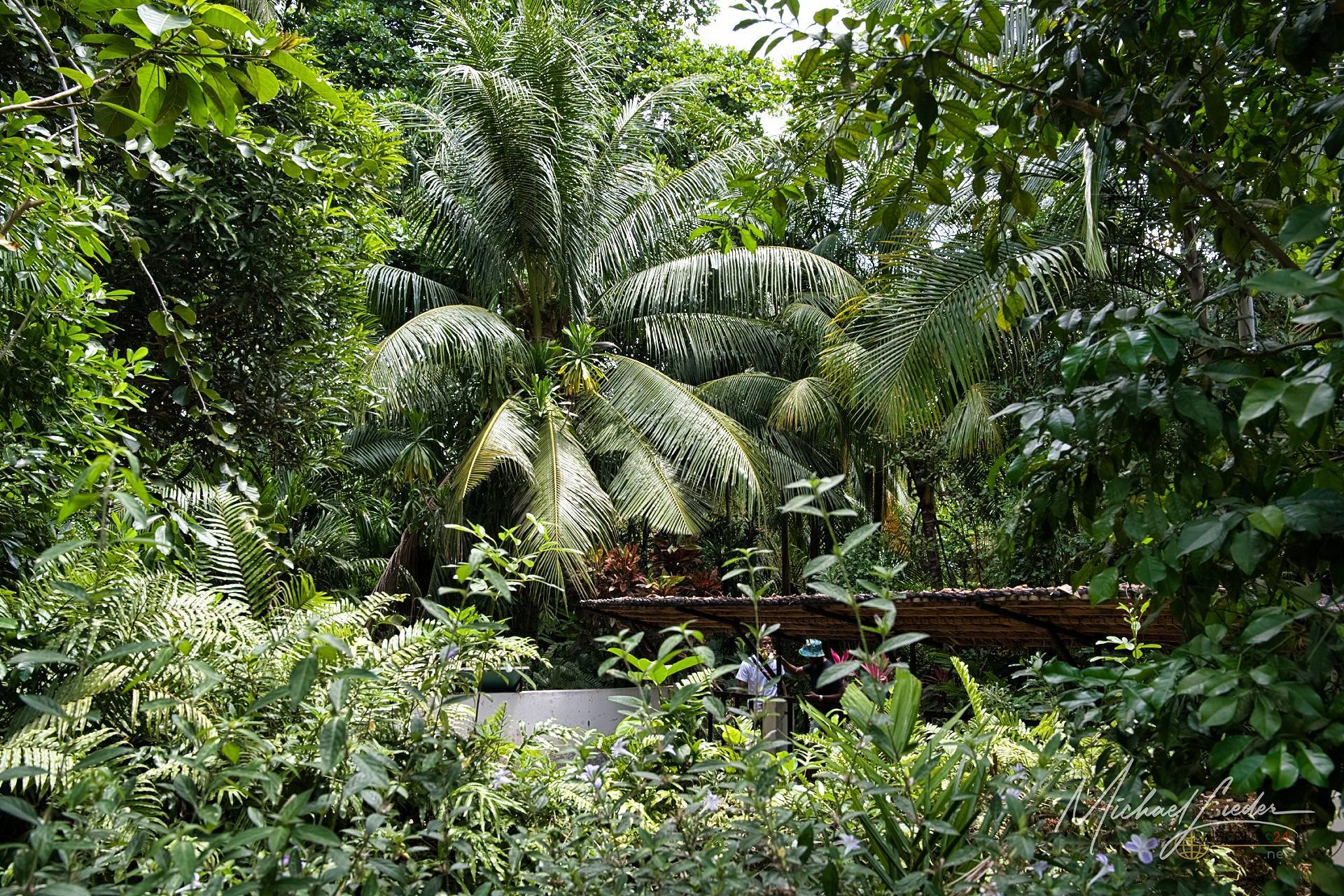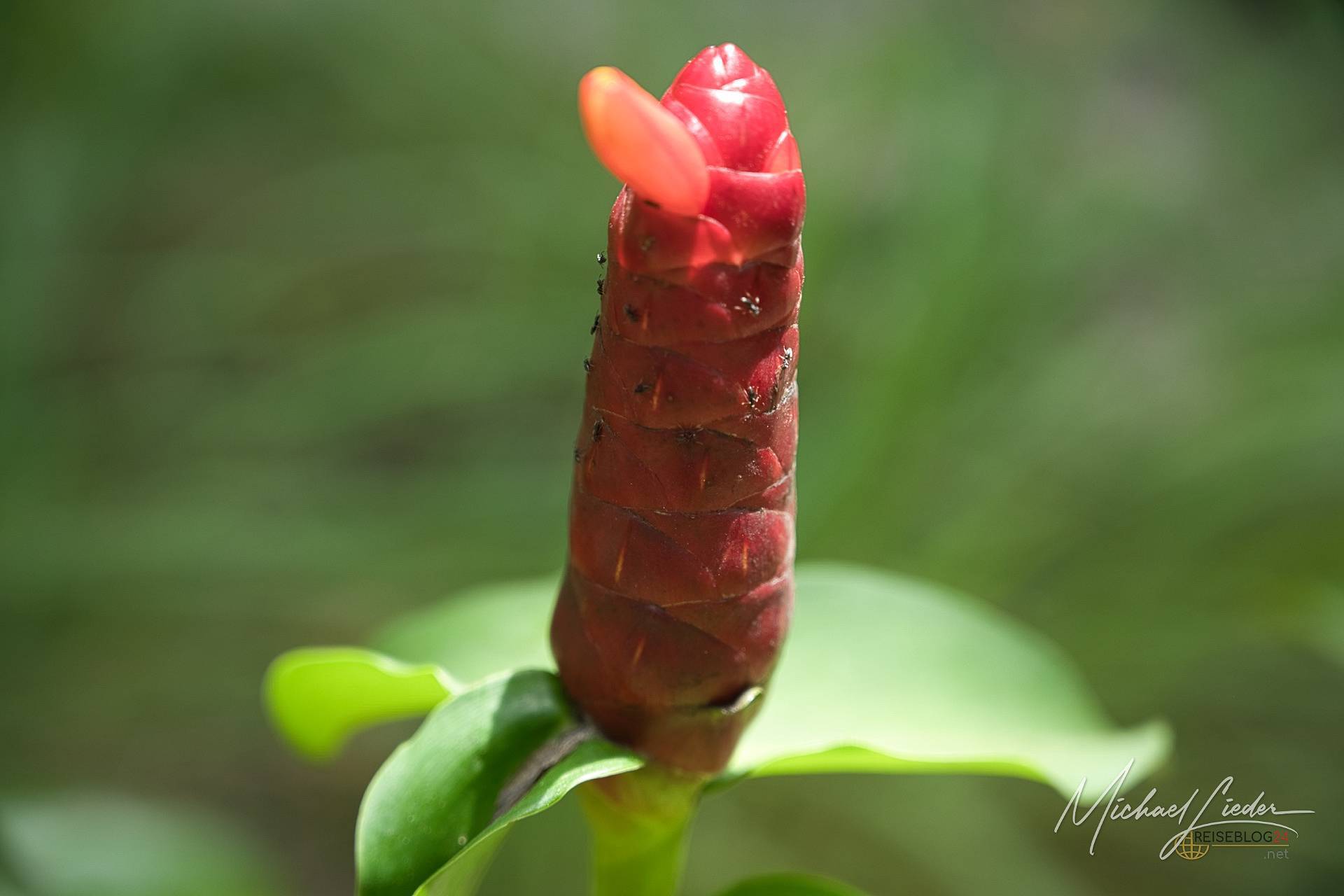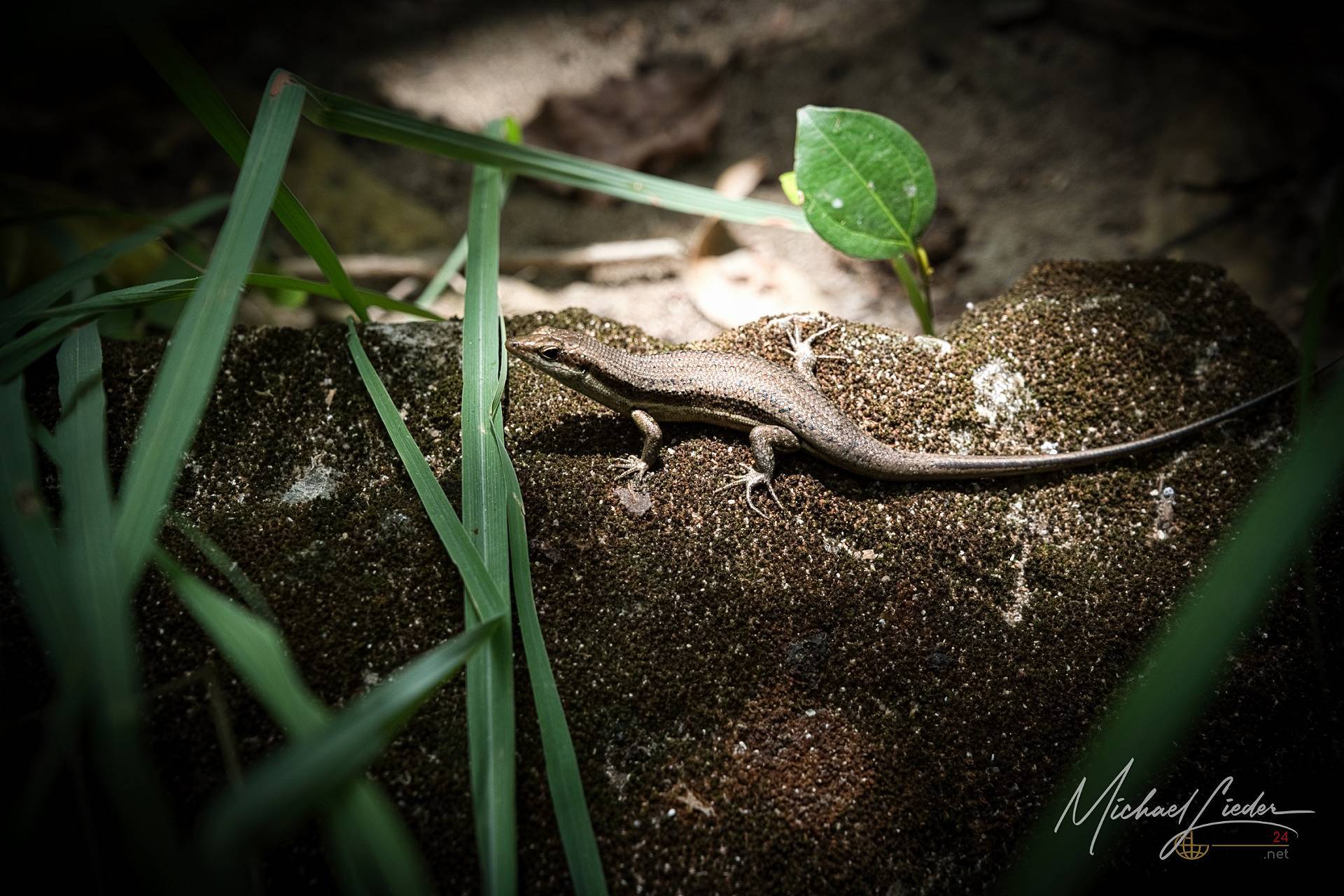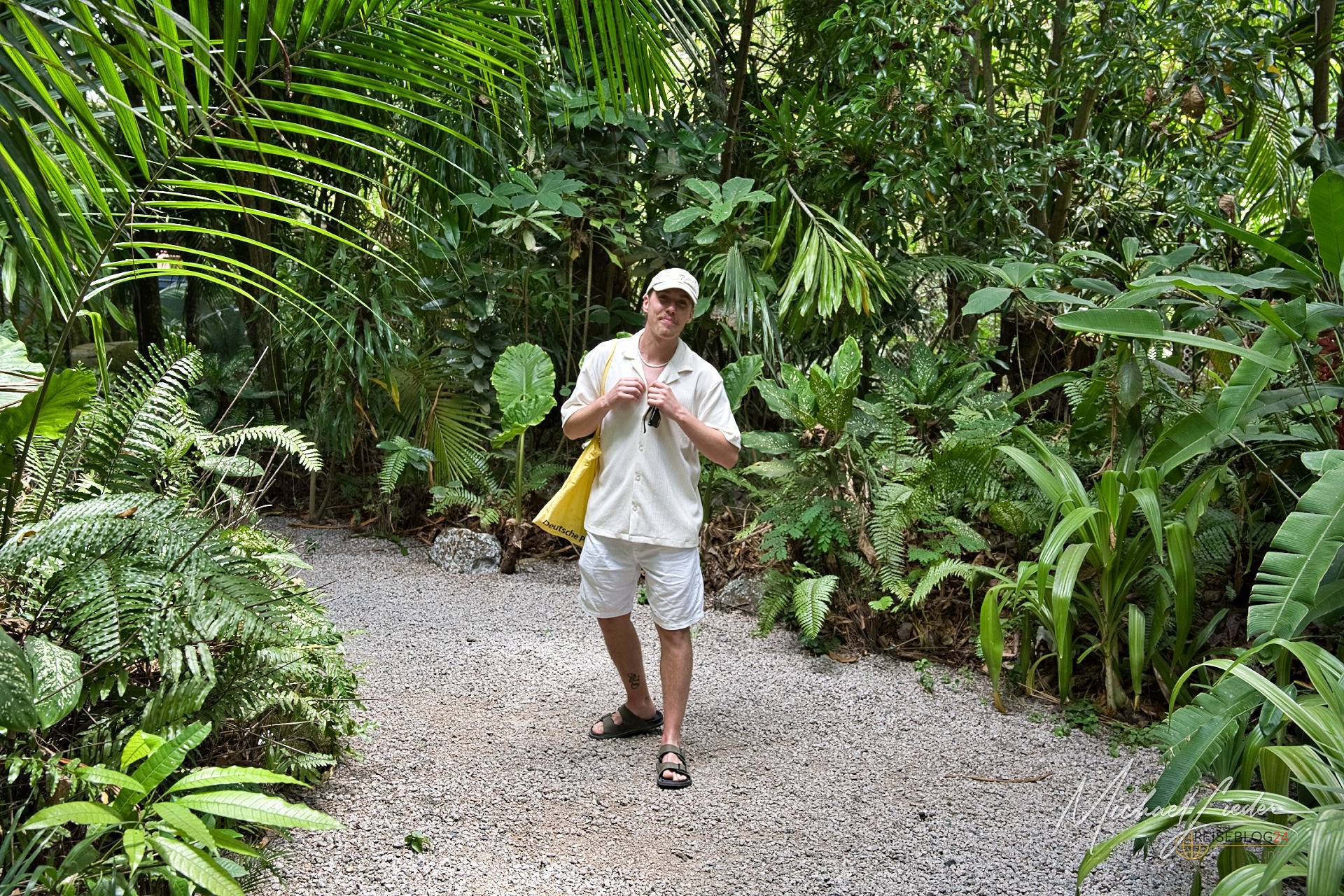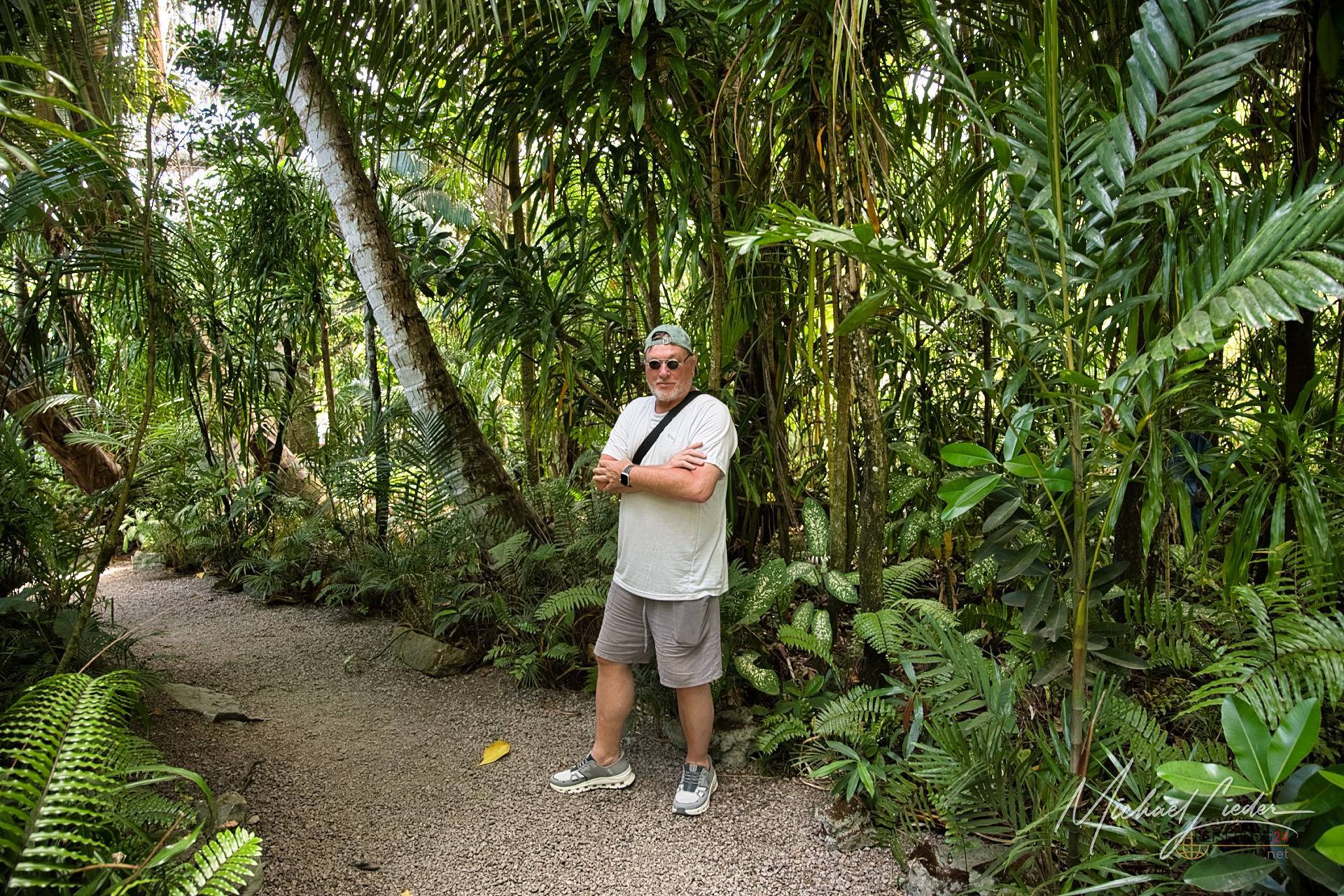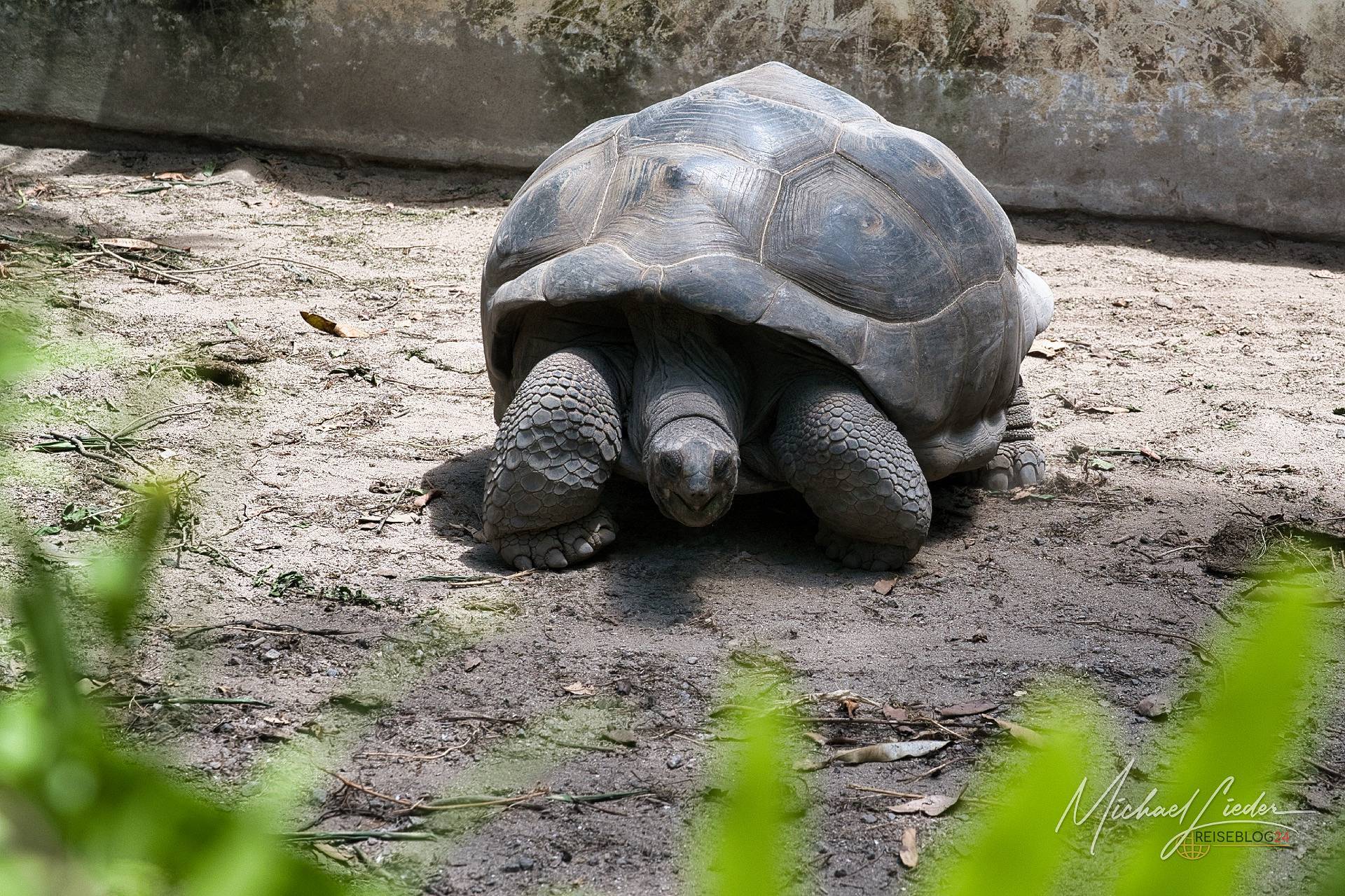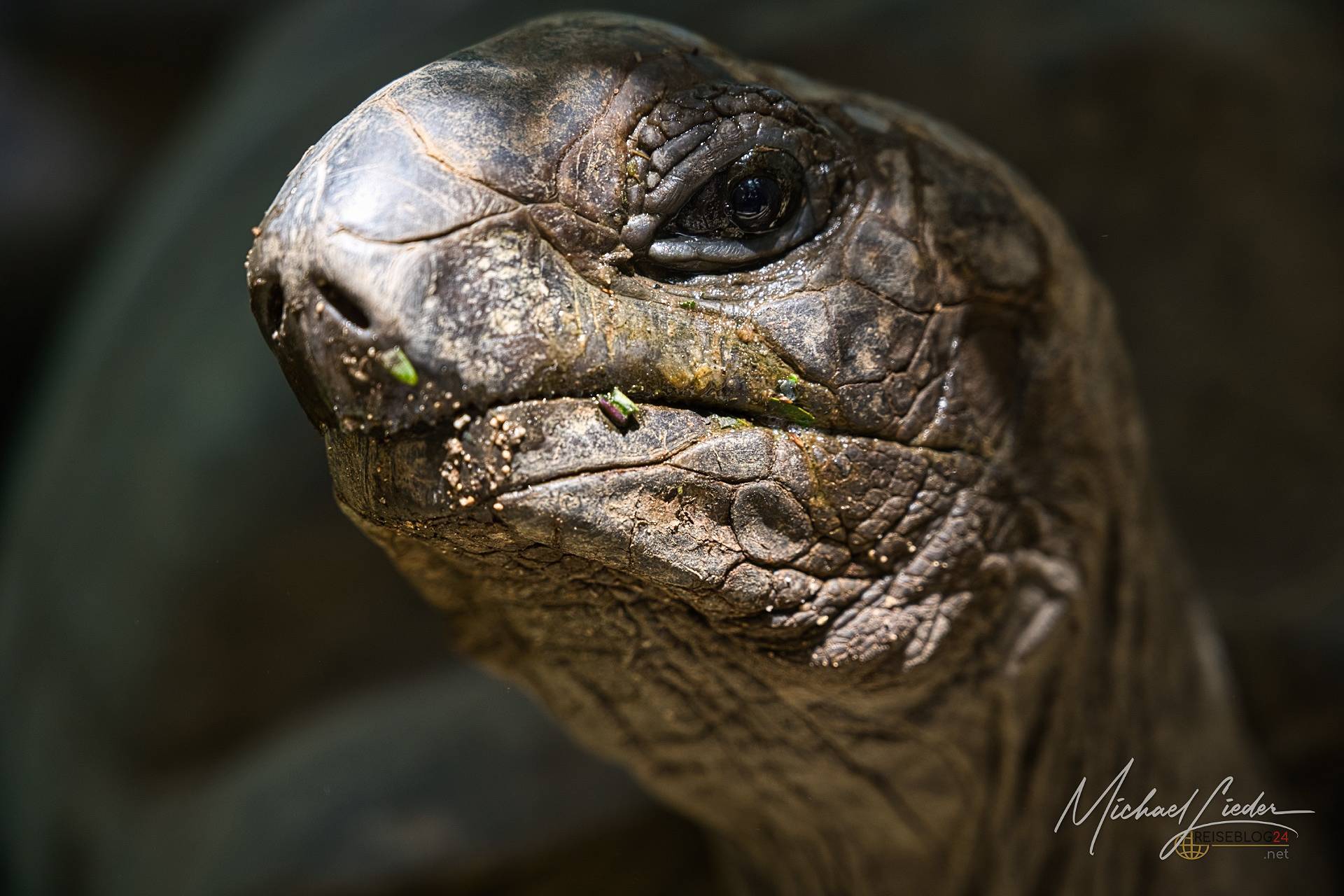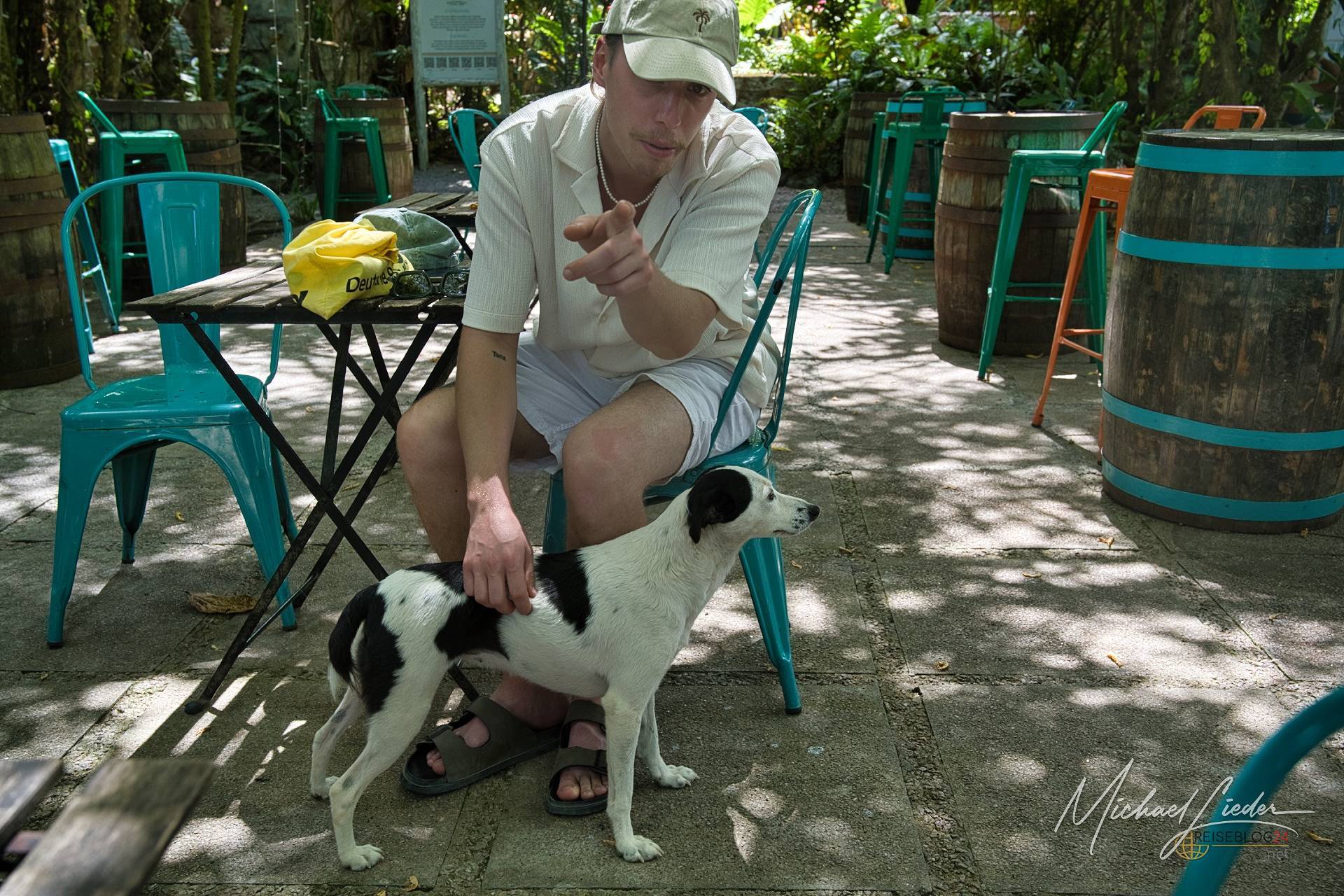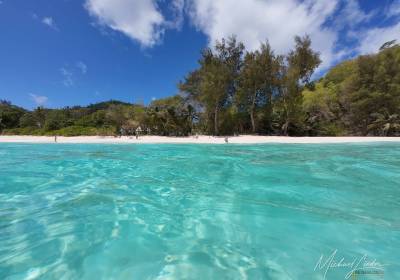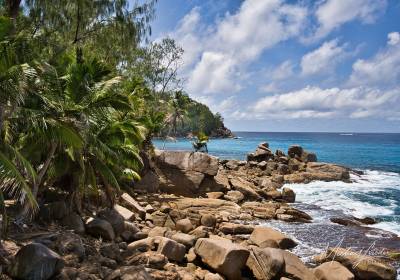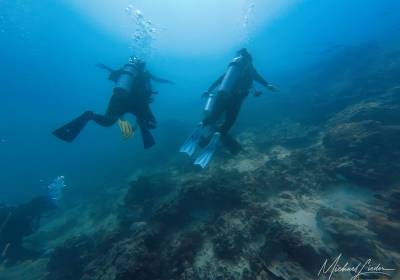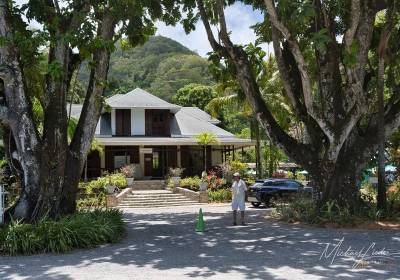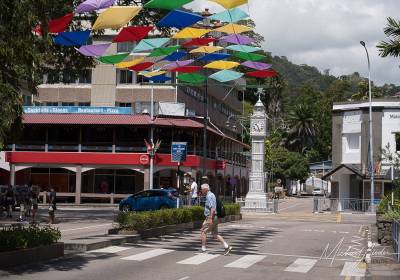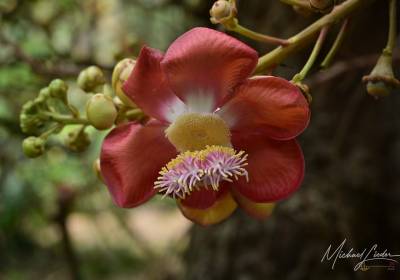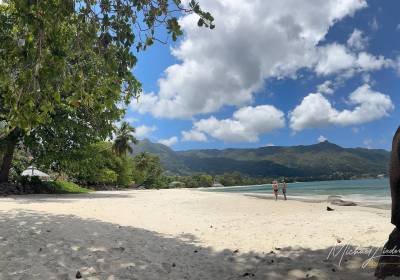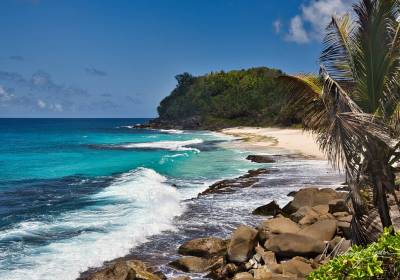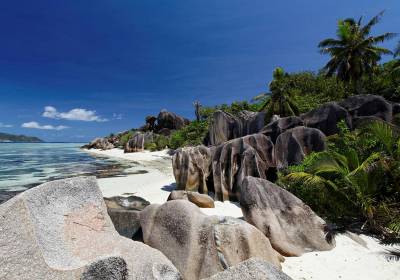Takamaka Rum Tour
The Takamaka Rum Distillery is not just a must-see attraction—it is an experience. Surrounded by the scent of sugar cane, history, and two ancient tortoises that radiate more tranquility than any meditation session, you will understand why the Seychelles are more than just dream beaches. Here, even the rum tastes like time itself.
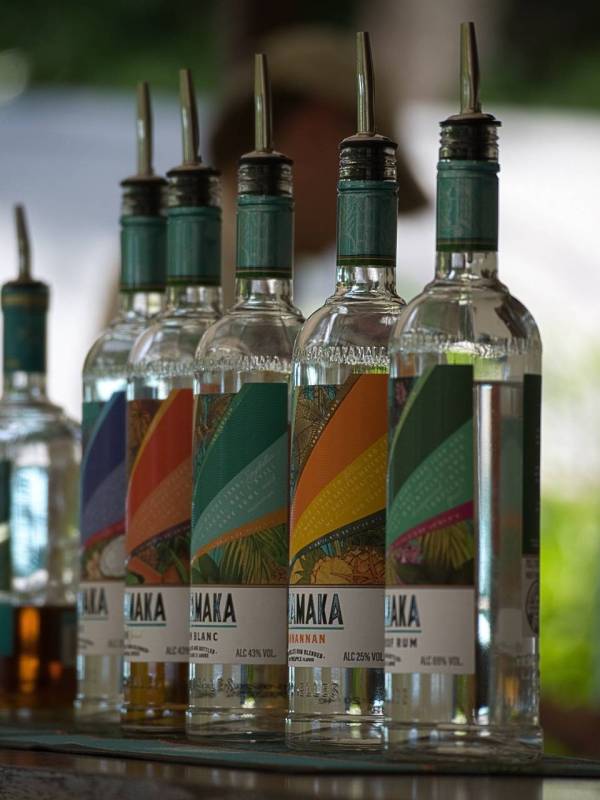
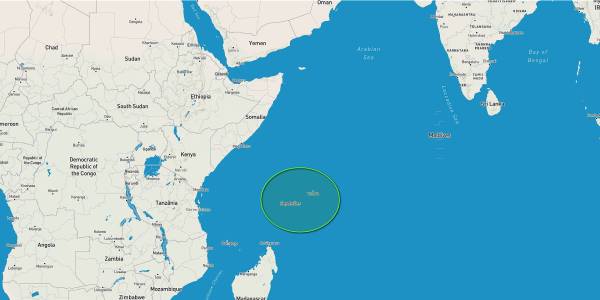
Rum tasting under palm trees
There are places where you immediately sense that the term “island time” has a meaning all its own. One of these places is La Plaine St. André – home to the Takamaka Rum Distillery. As soon as you enter the grounds, you are greeted by that unmistakable aroma: a mixture of molasses, sugar cane, wood, and a hint of “just stay here.” The Takamaka rum tasting is no ordinary tasting – it's a little journey through history, craftsmanship and the sweet temptation to get a little closer to the Seychelles. Between colonial walls, tropical gardens and leisurely giant tortoises, you quickly learn that rum is not just a drink here, but a way of life.
As you sample the different varieties, you experience the island in a glass – from mild white rum, reminiscent of coconuts on the beach, to deep, amber-colored spiced rum, which tastes as if it has captured the sunset itself. And as the glass slowly empties and your thoughts flow as lazily as time on Mahé, you understand why Takamaka is more than just a distillery – it is the liquid heart of the Seychelles.
It was one of those days when Robin and I decided to give Beau Vallon a short break – not because we’d grown tired of the beach, but because wanderlust was calling. Well, wanderlust… and a small sip of culture. To be precise: rum.
The decision was quick: a visit to the Takamaka Rum Distillery. One quick look at their website, a spontaneous message – and the relaxed reply came almost instantly:
“Just drop by – we have daily rum tastings for 150 SCR (about €8.80) and several free distillery tours every day, including history, anecdotes, and plenty of sugarcane aroma.”
That sounded like our kind of plan – or, to stay on theme, right up our “Taste & Spirit for Rum.”
Only 26 kilometers from our accommodation – a quick hop, we thought.
But the navigation app begged to differ: 1.5 hours driving time. For 26 kilometers!
- Could that really be true?
- Oh yes, it could.
Because on Mahé, life – and traffic – moves to a different rhythm. The Seychellois aren’t exactly friends of haste; they cruise along, unhurried, with a kind of tropical calm that’s honestly hard not to admire. Speed limits aren’t so much reached as gently ignored in the opposite direction.
And then, of course, there are the tourists – those hesitant heroes behind the wheel, sitting on the right, shifting with the left, silently praying they won’t brush against a palm tree.
In short: trust your GPS.
On the Seychelles, the distance might be relative –
but the time estimate? That’s sacred.
| Gebiet / Straßenart | Höchstgeschwindigkeit | Höchstgeschwindigkeit |
|---|---|---|
Built-up area / City / Towns | 40 km/h | Generally accepted boundary for settlement areas |
Outside built-up areas / country roads | 65 km/h | Frequently cited limit for “open roads” |
Highway/expressway (e.g., between Victoria and the airport) | 80 km/h | Some sources refer to this particular route as having higher speeds. |
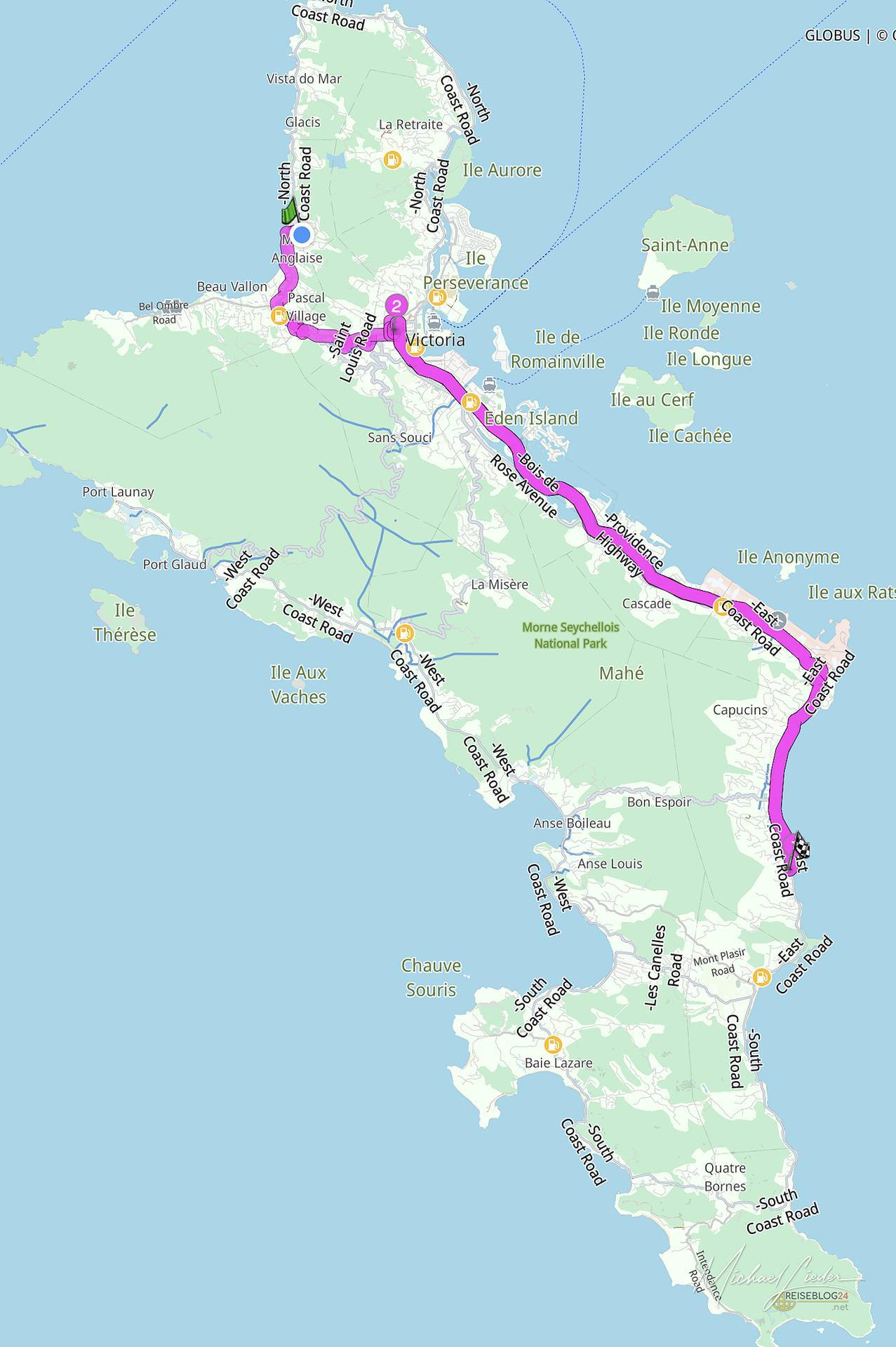
Notes and Things to Keep in Mind
Some sources differ slightly: for example, 60 km/h is sometimes mentioned for “open roads.”
The 80 km/h limit usually applies only to specific highway sections, such as the main road between Victoria and the airport.
In densely built-up, tourist-heavy, or high-traffic areas, lower speed limits may apply (e.g. school zones or narrow roads).
It’s always important to follow the actual road signs on site – whatever the sign says, goes.
The blood alcohol limit in the Seychelles is 0.08% (0.8‰).
However, for professional or commercial drivers (e.g. taxi, bus, or delivery), the tolerance is zero.
👉 Good to know:
Police carry out regular alcohol checks, especially on weekends and popular scenic routes such as the North Coast Road, Anse Royale, and Beau Vallon.
Violations are taken seriously – fines, license suspension, or in the worst case, imprisonment.
Because roads are often winding, narrow, and sometimes slippery, even locals advise against driving after “just one drink.”
In short: better to raise your glass to Taka and Maka – and leave the car parked (or let someone else do the driving).
Where turtles tell stories and rum writes history
The North Coast Road is one of those roads you never really want to finish. It first winds through Victoria, the tiny capital’s maze of one-way streets and horn-happy taxi drivers, then past the airport, where departing planes and coconut palms seem to race each other to the sky – and finally along the Indian Ocean, glittering to your left as if to whisper, “Take it slow, you’re in the Seychelles.”
Here, beaches and villages line up like pearls on a string. Just as you pass the last coconut stand, the navigation app chimes in again: Rum Tasting – 500 meters ahead on the right. And while you’re still deciding whether to stretch out with a cocktail on the sand or give in to the lure of the distillery, your tires have already made the choice – rolling down the narrow road straight toward the Takamaka Rum Distillery.
After about an hour and twenty minutes, it finally appears – nestled in lush greenery, guarded by two ancient trees that look as if they’ve been watching over the place for centuries. The entrance is wide, parking is free, and the atmosphere? Tropically relaxed.
Colonial Charm, Sugarcane & a Splash of History
The La Plaine St. André estate tells stories through every facade and wooden beam. As early as 1792, vanilla, cinnamon, and coconuts were processed here – until the site fell into disrepair. Then came the d’Offay family, who revived the spirits of the past with, well… actual spirits.
Today, the air smells of sugarcane, lime, and a hint of adventure.
Inside the main house – respectfully called the museum – you’re wrapped in colonial charm and the lazy swirl of ceiling fans. Between old barrels, glass displays, and rum bottles in every possible shade, one thing becomes clear: Takamaka isn’t just a brand – it’s practically a religion.
But the real highlight stands (or rather, lies) outside in the garden – two ancient Aldabra giant tortoises with the melodic names Taka and Maka.
According to local legend, they’re the true founders of the distillery. And honestly, they kind of look the part.
While visitors respectfully snap photos, the two move across the ground – which was once, apparently, a lawn – in slow motion, as if they were quietly meditating on the secret recipe for the perfect rum.
Yet among all the lovingly restored buildings and the scent of sugarcane, there’s a moment that makes me pause.
In the back of the property live those same two Aldabra giants – Taka and Maka, the distillery’s charming mascots mentioned in nearly every brochure.
The Flip Side
As charming as it sounds – the reality feels different. The two live in a small fenced enclosure, surrounded by a few dry patches of grass. The soothing shade that falls so beautifully across the garden barely reaches them.
I’m no zoologist, but it feels less like a tropical haven and more like a sad window into the past.
Maybe the intention is good – perhaps they’re meant to remind visitors of the islands’ wildlife.
But anyone who’s seen the true giants roaming freely on Curieuse or Aldabra knows: these creatures belong to open space, not enclosures.
It would be wonderful if Takamaka one day proved not only its talent for good rum, but also its capacity for genuine greatness. We sip, smile, reflect – and as the sun slowly drapes its golden light over the estate, I can’t help but think: there’s hardly a better place to simply be.
Only Robin, our designated driver for the day, looks a little wistfully at my glass.
“Next time,” I tell him, “we’ll switch.”
He nods – and I swear, out of the corner of my eye, I see Taka lift her head, as if to approve. Or maybe that was just the spirit of the rum.
Takamaka was founded in 2002 by brothers Richard and Bernard d'Offay, two Seychellois who simply wanted to “make rum that tastes like home.” Today, their little idea has become the country's best-known rum brand.
The historic estate dates back to 1792 and was originally a spice plantation. Incidentally, the scent of cinnamon and vanilla still lingers in the air.
Takamaka is not only a well-known bay on Mahé, but also the name of a tree (Calophyllum tacamahaca) that grows in the Seychelles – rum with roots, in the truest sense of the word.
Unlike major Caribbean brands, Takamaka is produced entirely on Mahé—from fermentation to bottling. It is not industrial mass production, but genuine craftsmanship against a backdrop of palm trees.
The water used for the rum comes from the mountains of Morne Seychellois National Park—pure, mineral-rich, and slightly sweet. Perfect for rounding off the sugar cane spirit.
The old plantation villa now serves as a museum, bar, and tasting room—a place where history and alcohol blend together in a charming way.
Takamaka is now sold in over 30 countries – from Mauritius to London. Some varieties, such as “Extra Noir,” are even more sought after outside the Seychelles than on the island itself.
Taka and Maka live on the estate—officially as symbols of longevity. Unofficially, they seem to have the best overview of visitors (and of many a tasting).
The distillery is increasingly focusing on local ingredients, recycled glass bottles, and energy-saving processes—but the project is still in its infancy. Typical for the island: progress is slow, but it's happening.
Fun fact: During tours, subtle Creole music often plays in the background. The reason? Founder Bernard d'Offay is a musician himself—and swears that rum matures better when it hears good sounds.
In the end, you leave Takamaka with two things: a pleasant rum feeling in your stomach—and the wish that not only good rum but also good deeds mature in the Seychelles.
Empfohlen von Reiseblog24
Suchst du nach individueller Beratung und der richtigen Ausstattung für deine nächste Reise? Tramperhaus.de ist dein perfekter Partner für Abenteuer und Entdeckungen! Lass dich inspirieren und finde, was du für deine Reise benötigst.
Mitmachen...
Hast du Tipps für jemanden, der das erste Mal nach Thailand reist? Oder möchtest du von deinen eigenen Erfahrungen erzählen? Schreib mir in die Kommentare!


